2021 Chevrolet Suburban and Tahoe: The General Did Its Homework

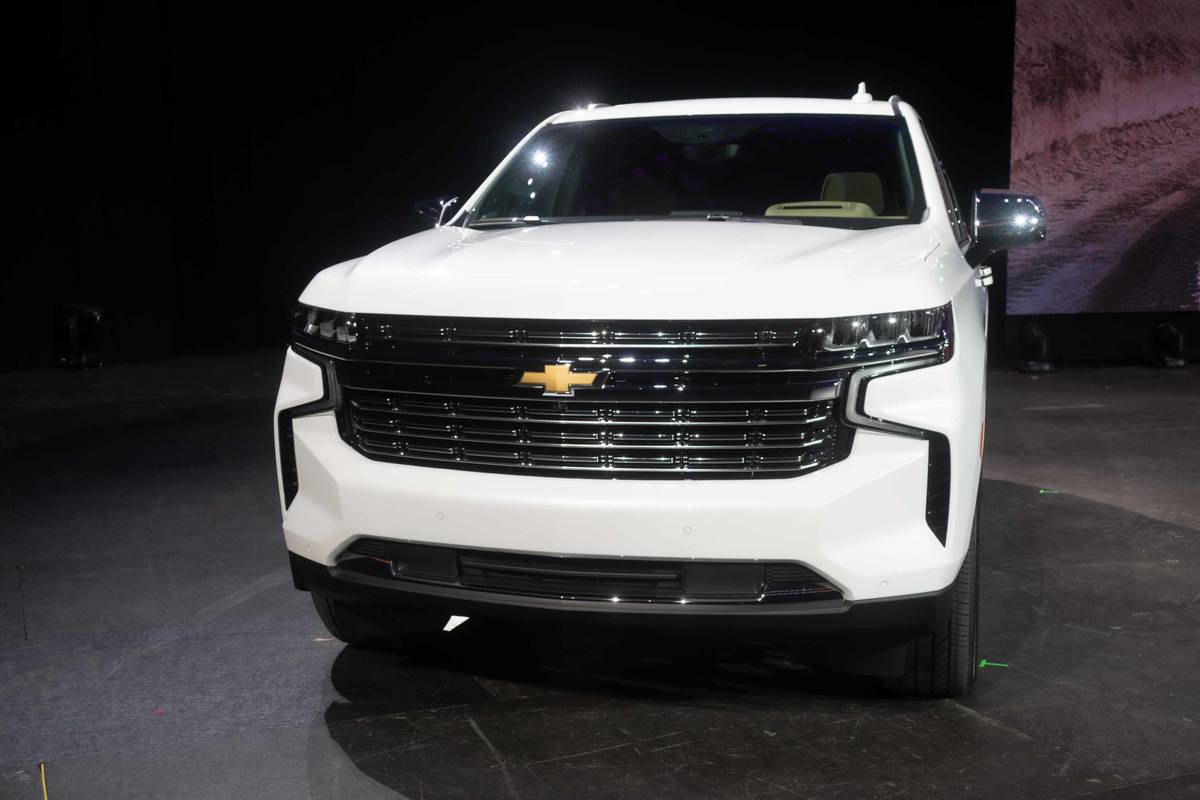
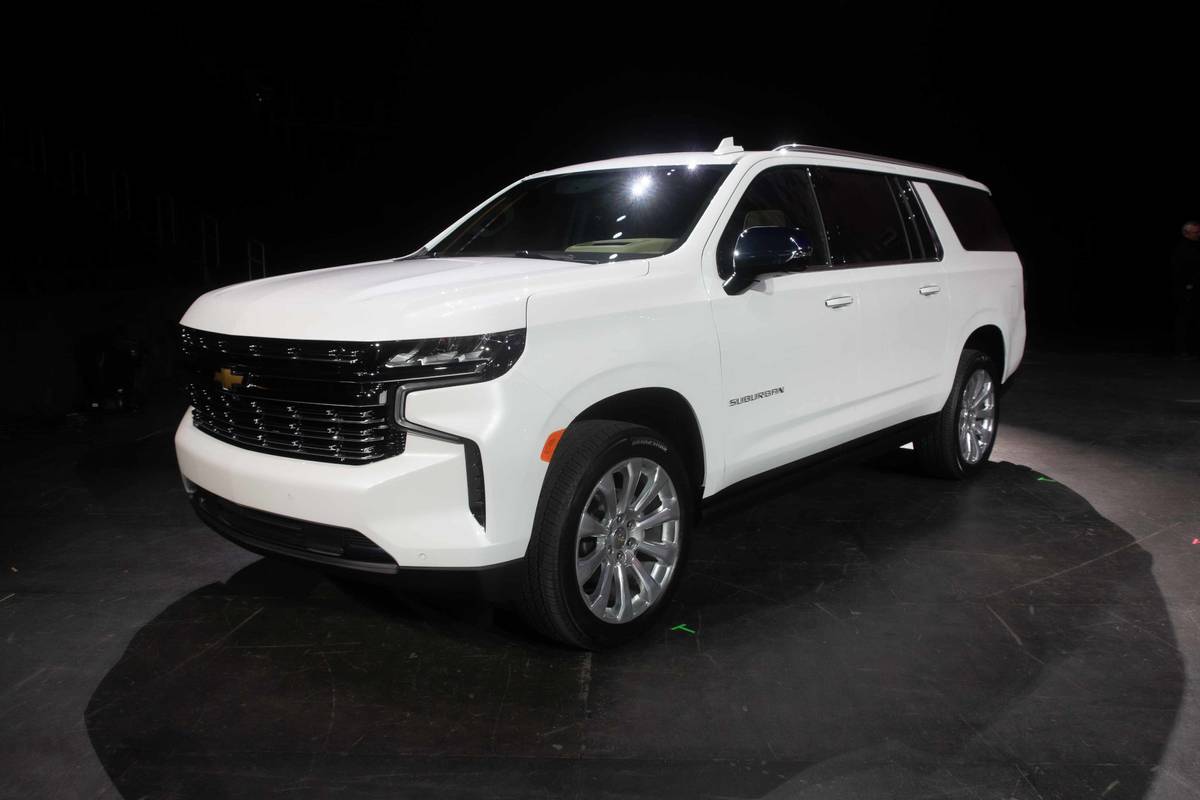
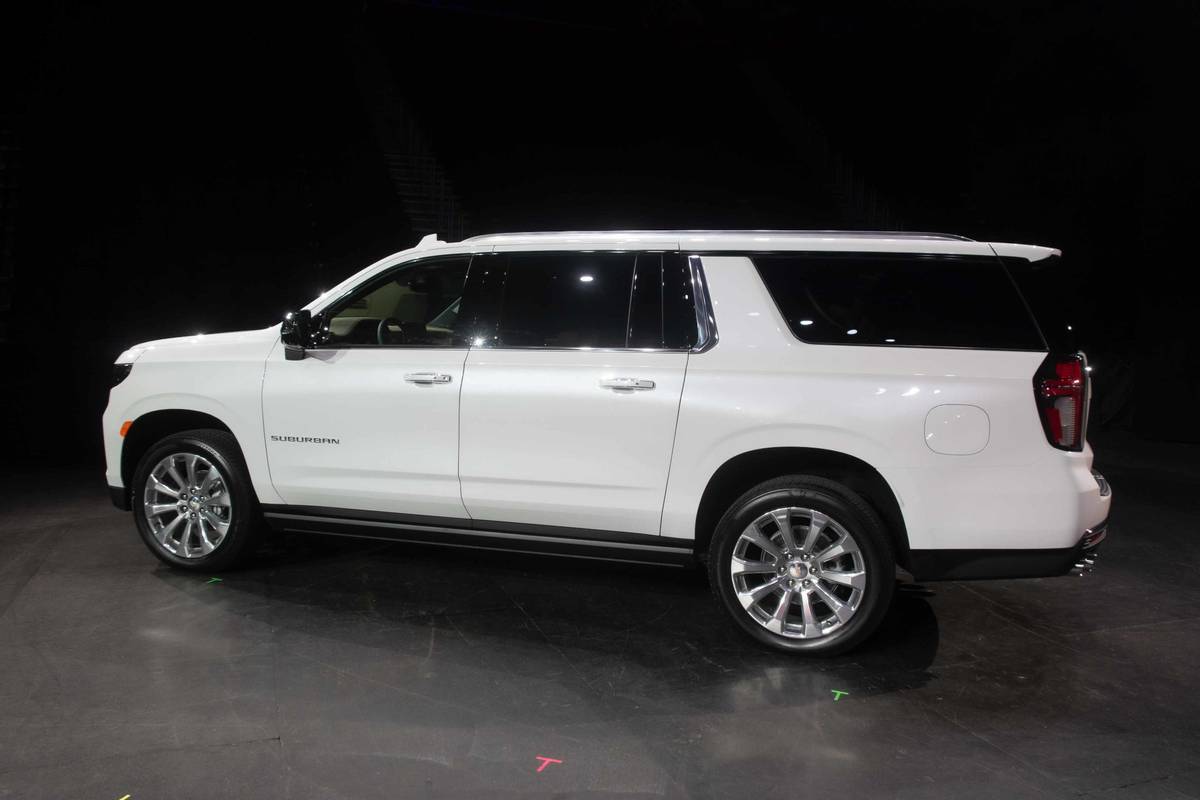
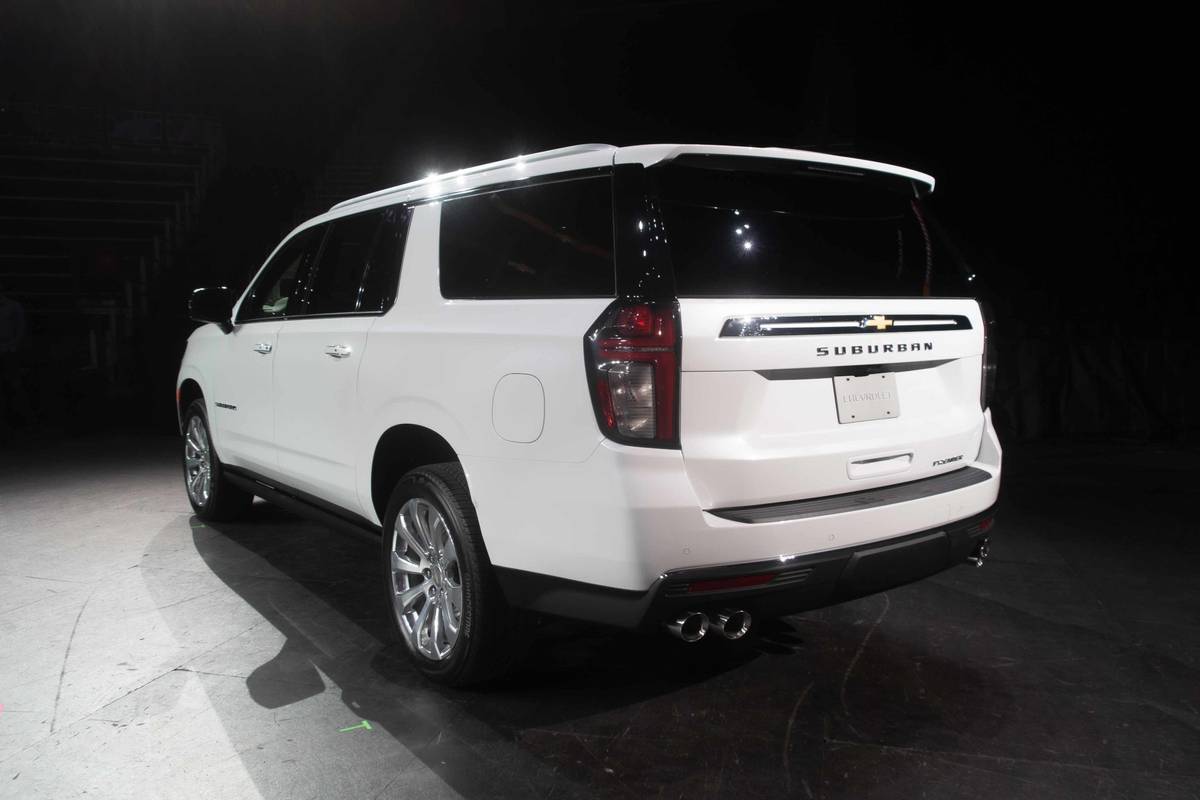
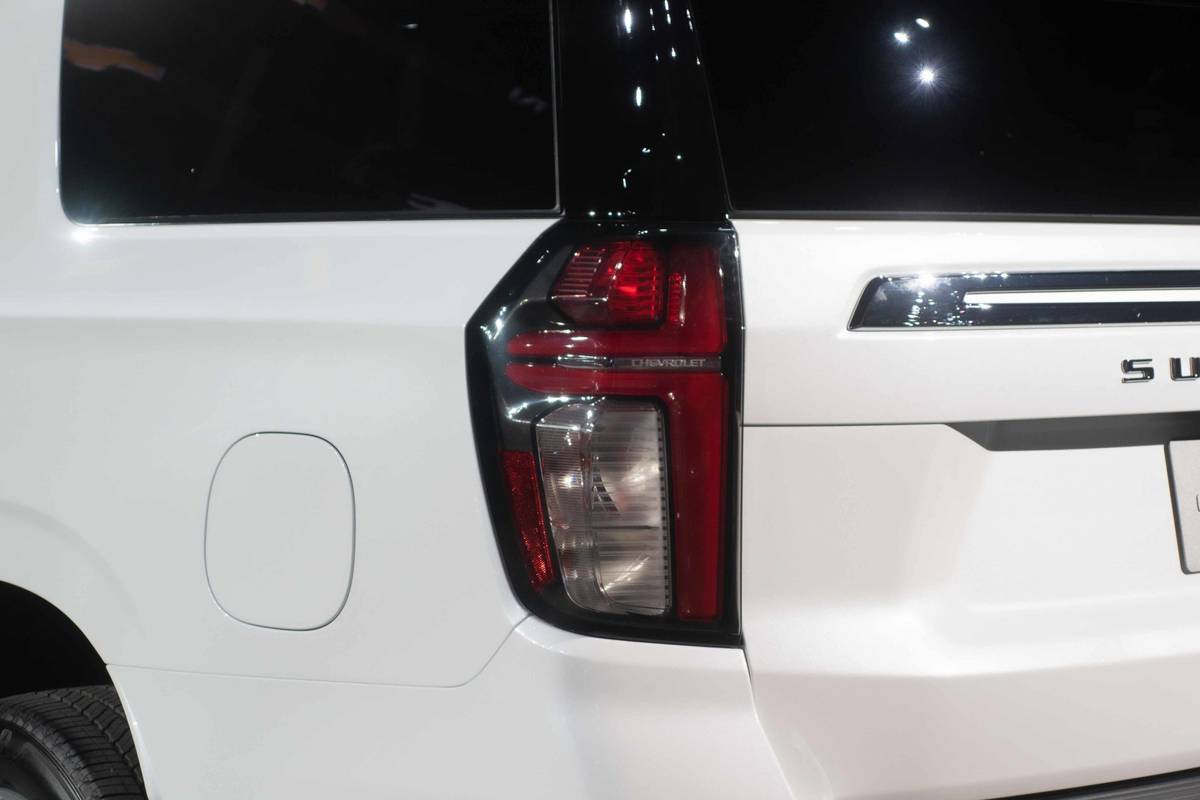
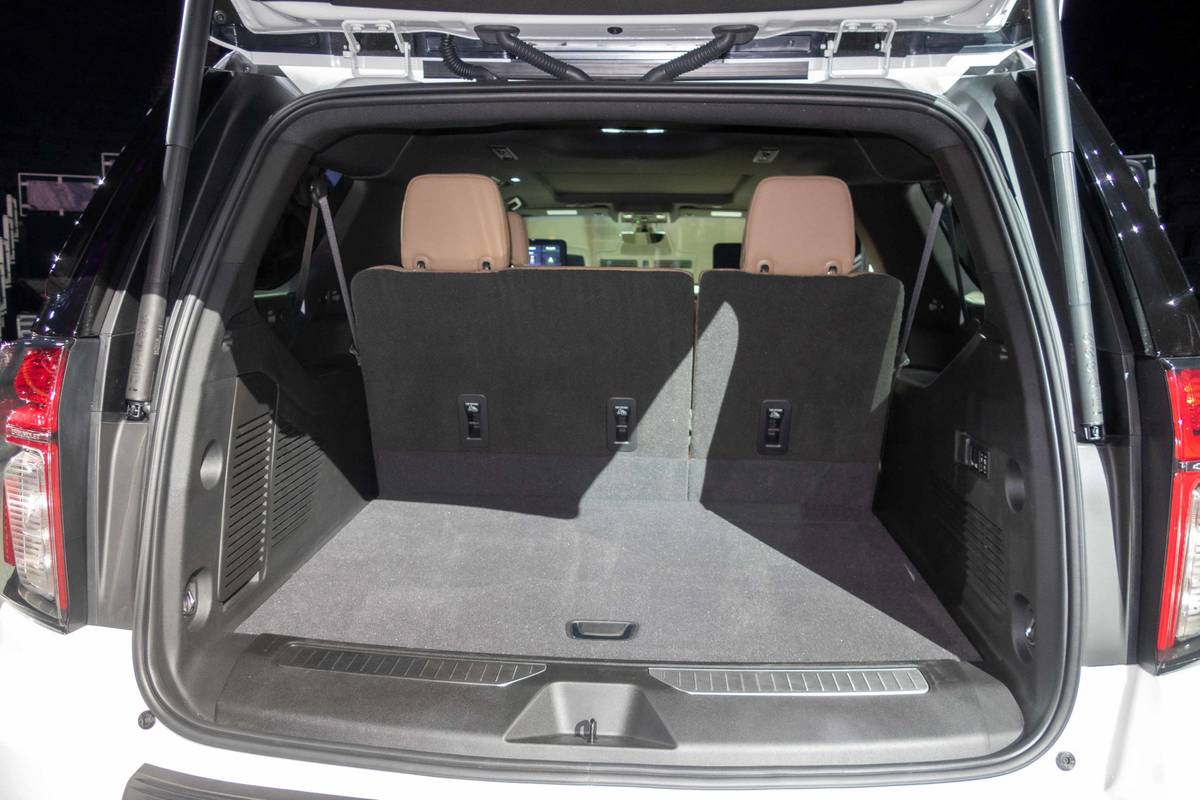
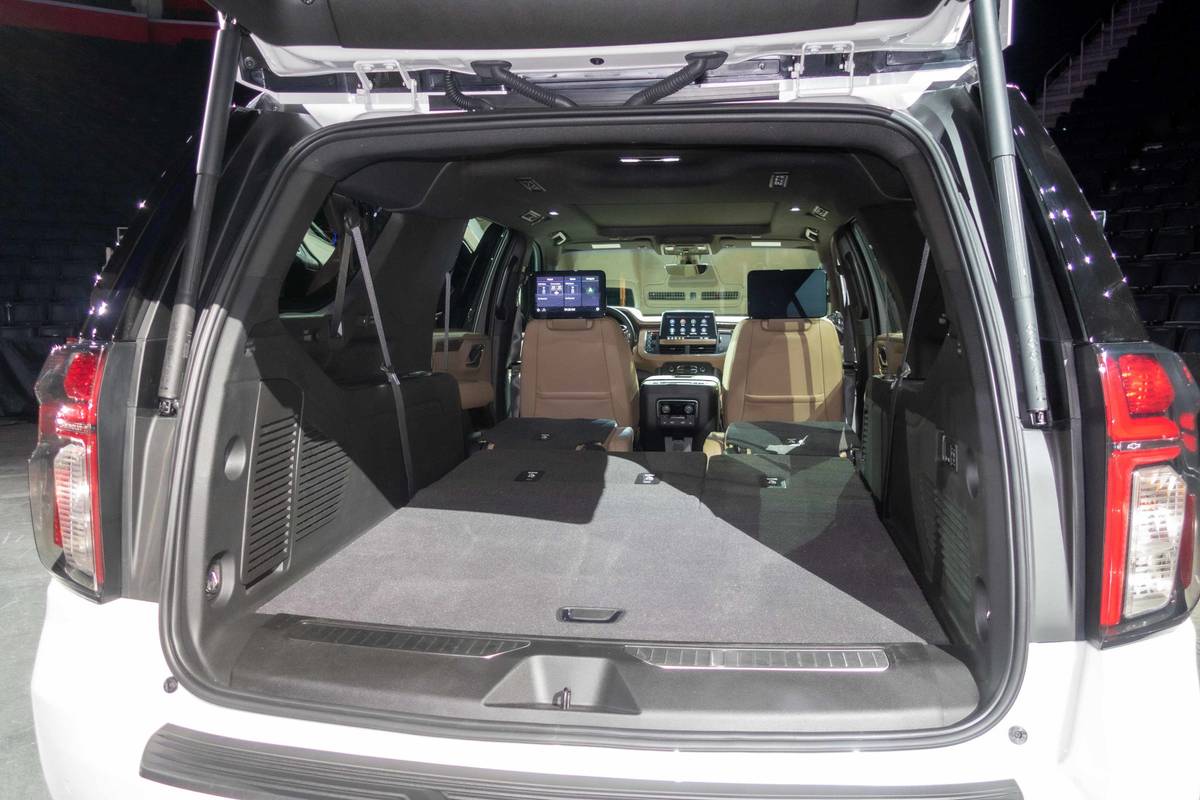
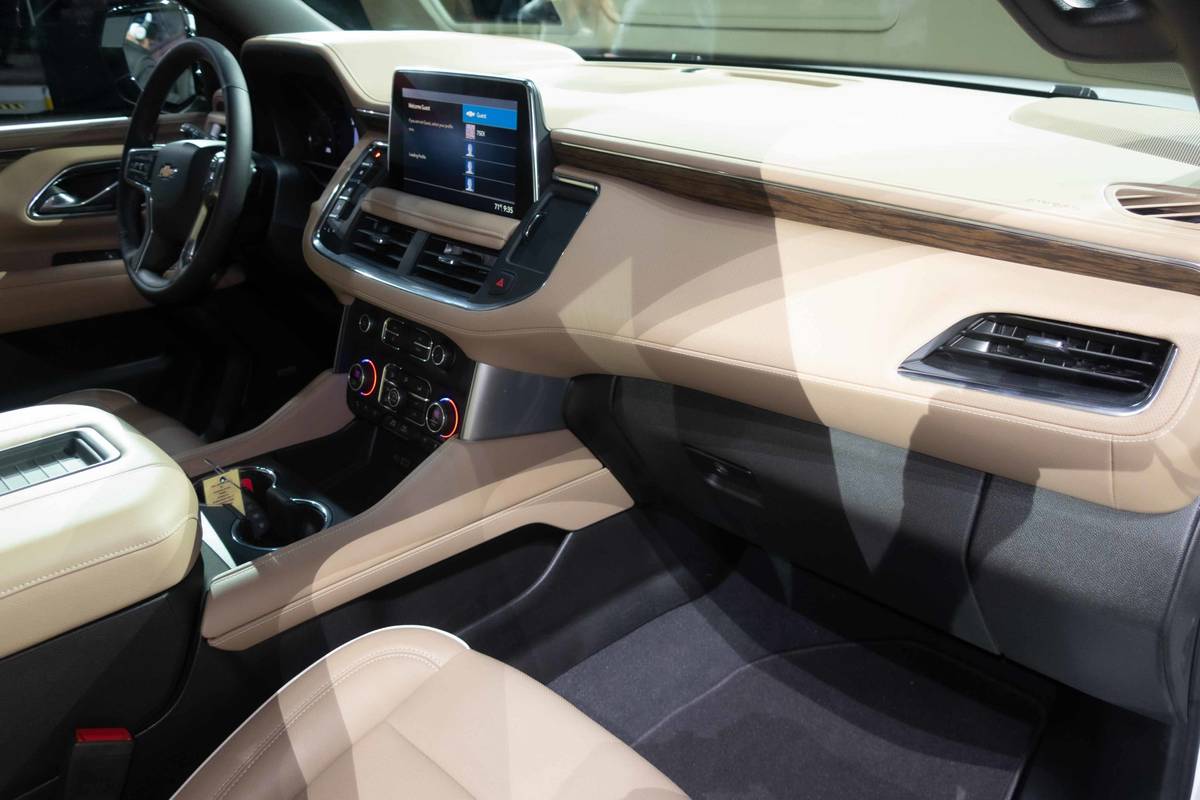
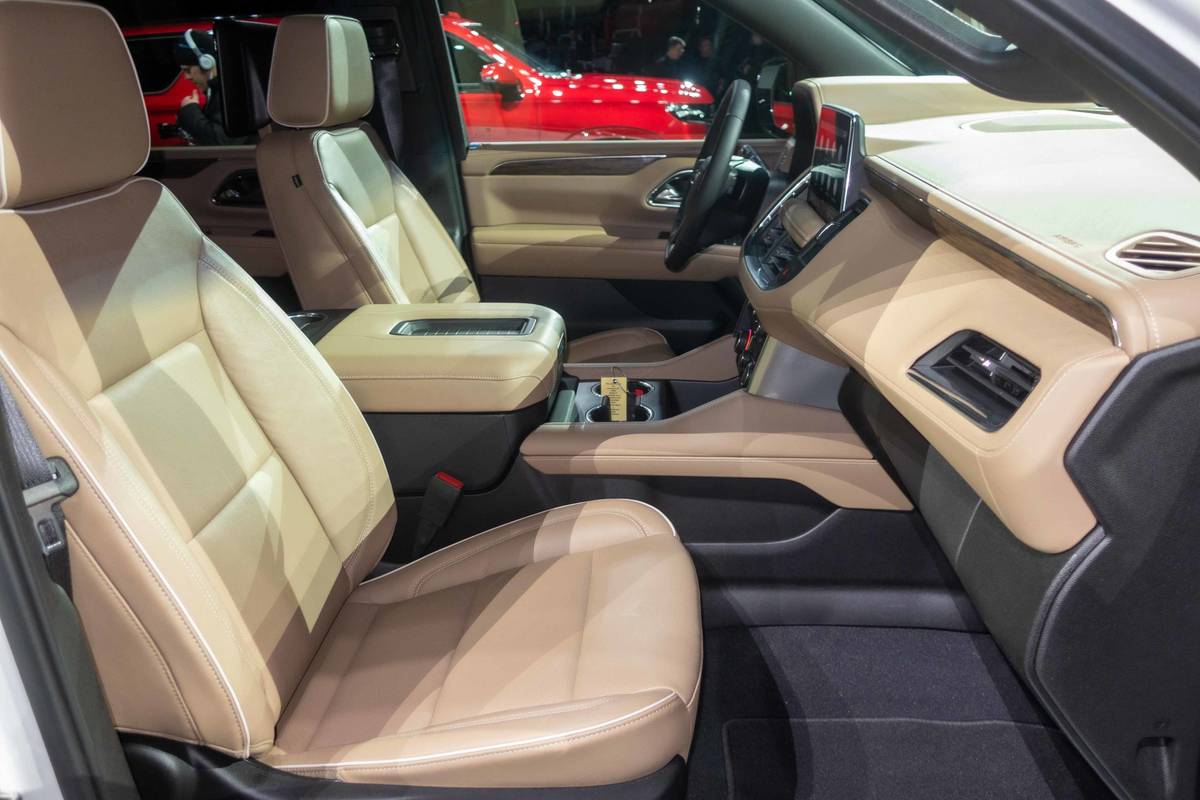
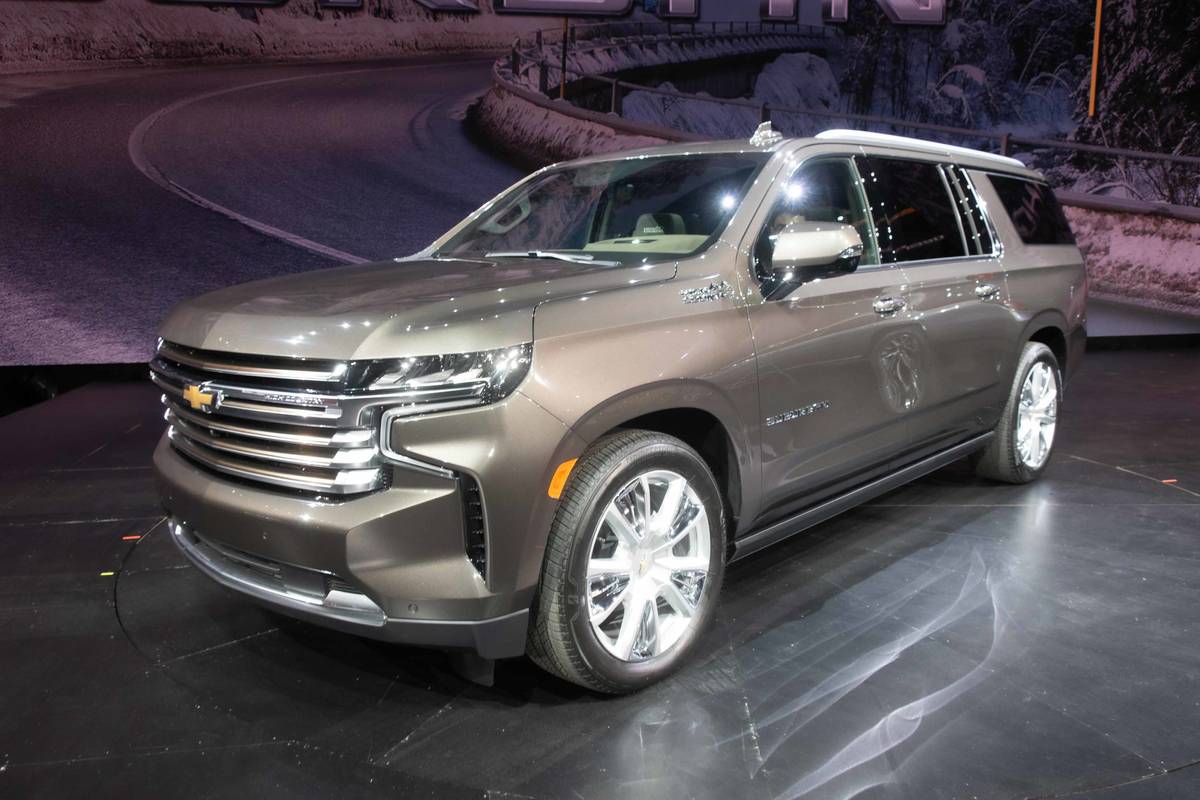


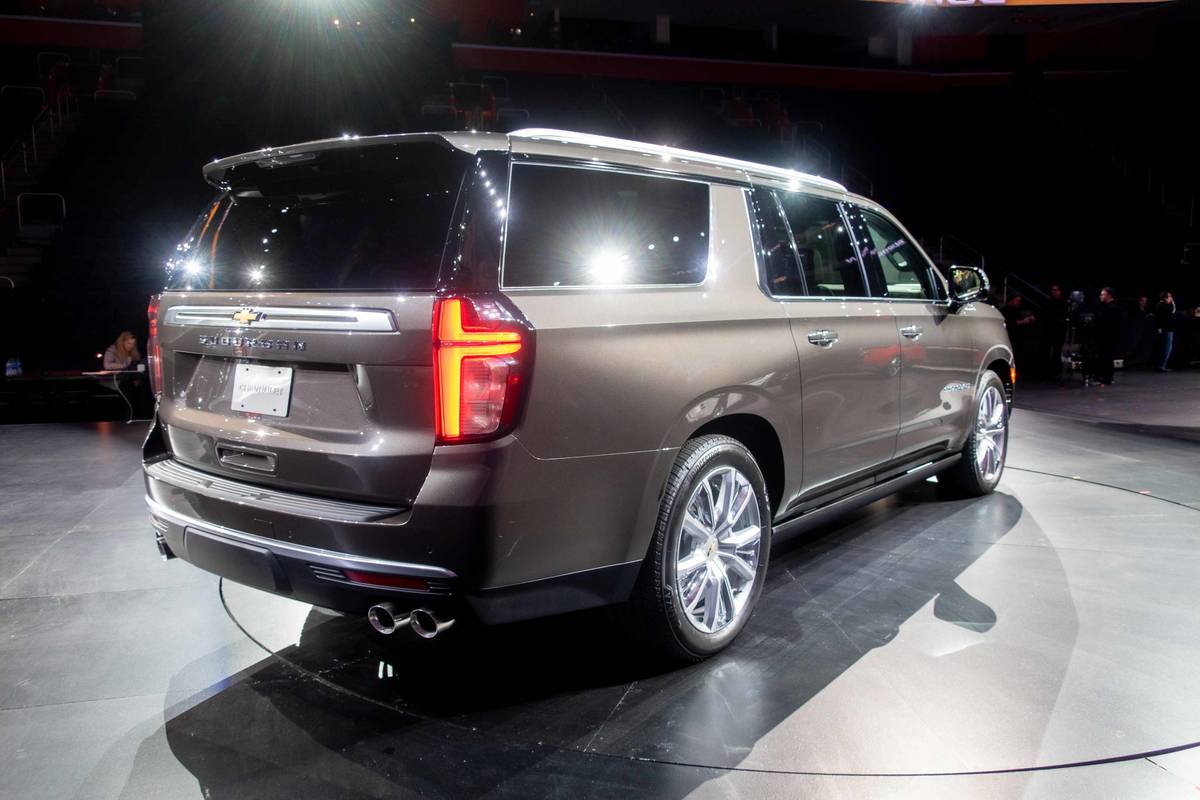
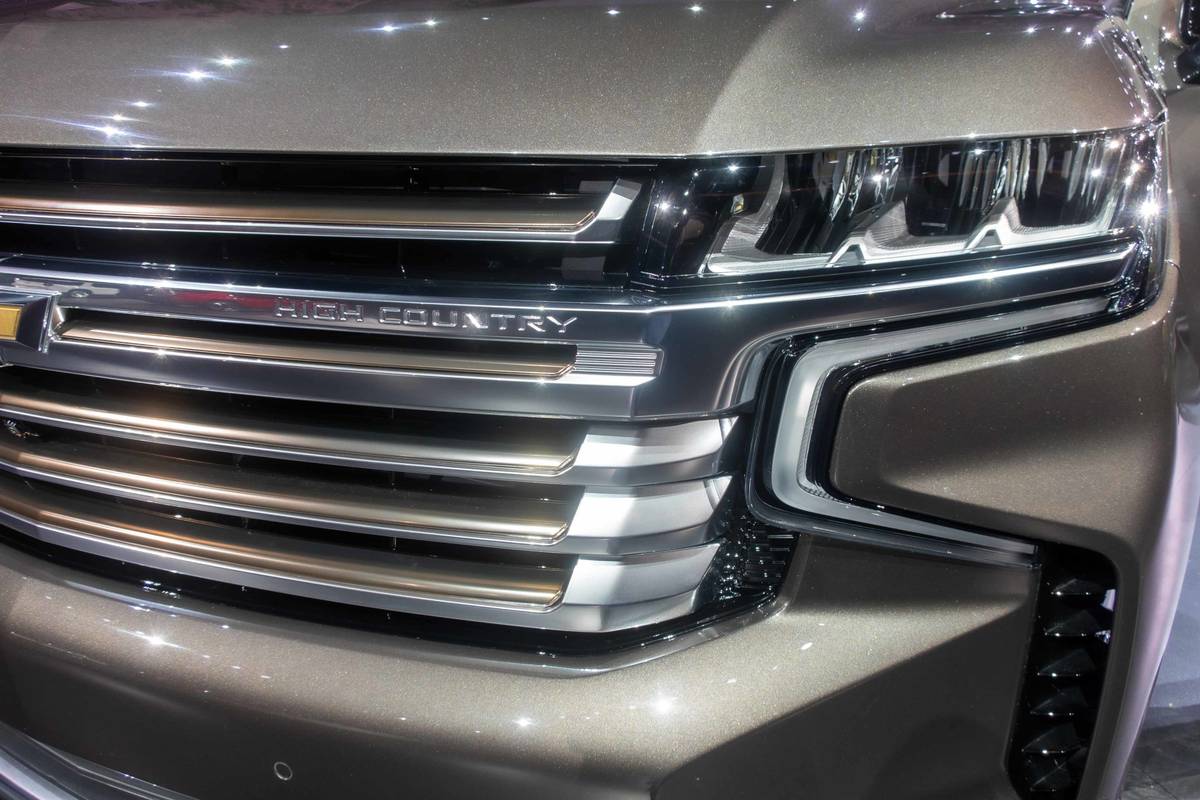
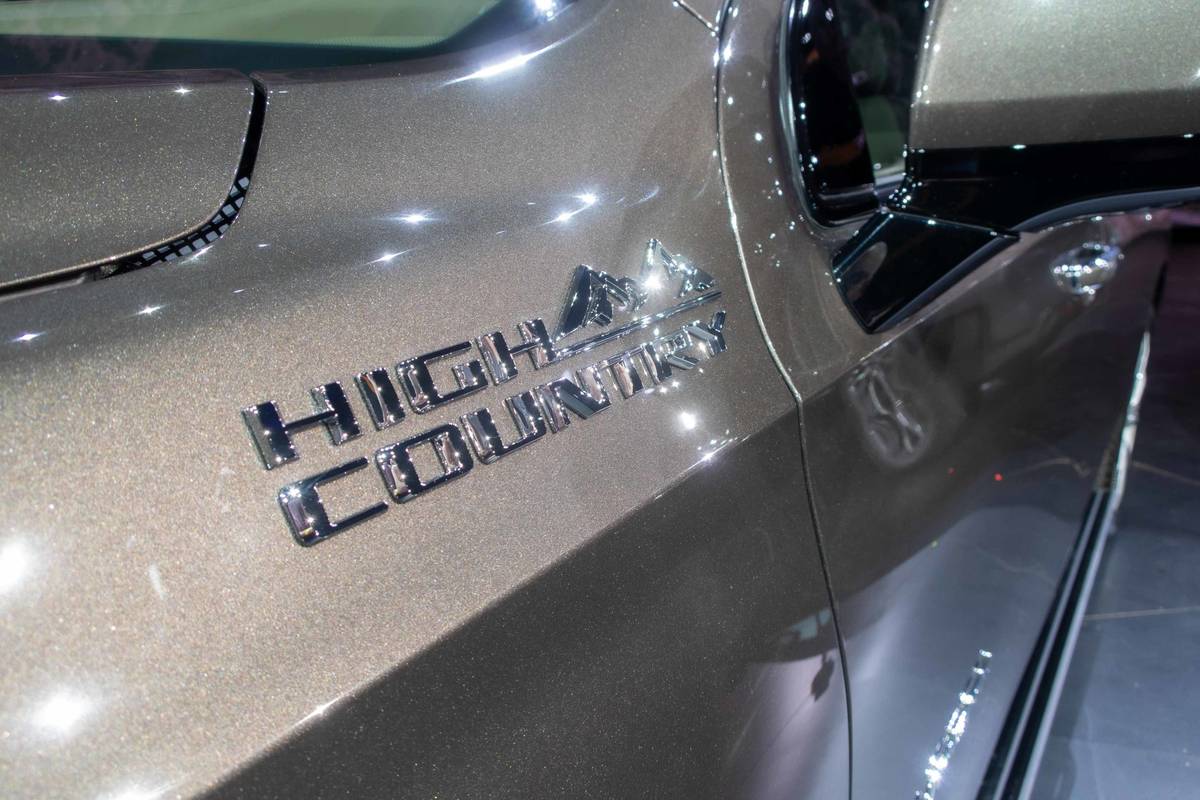
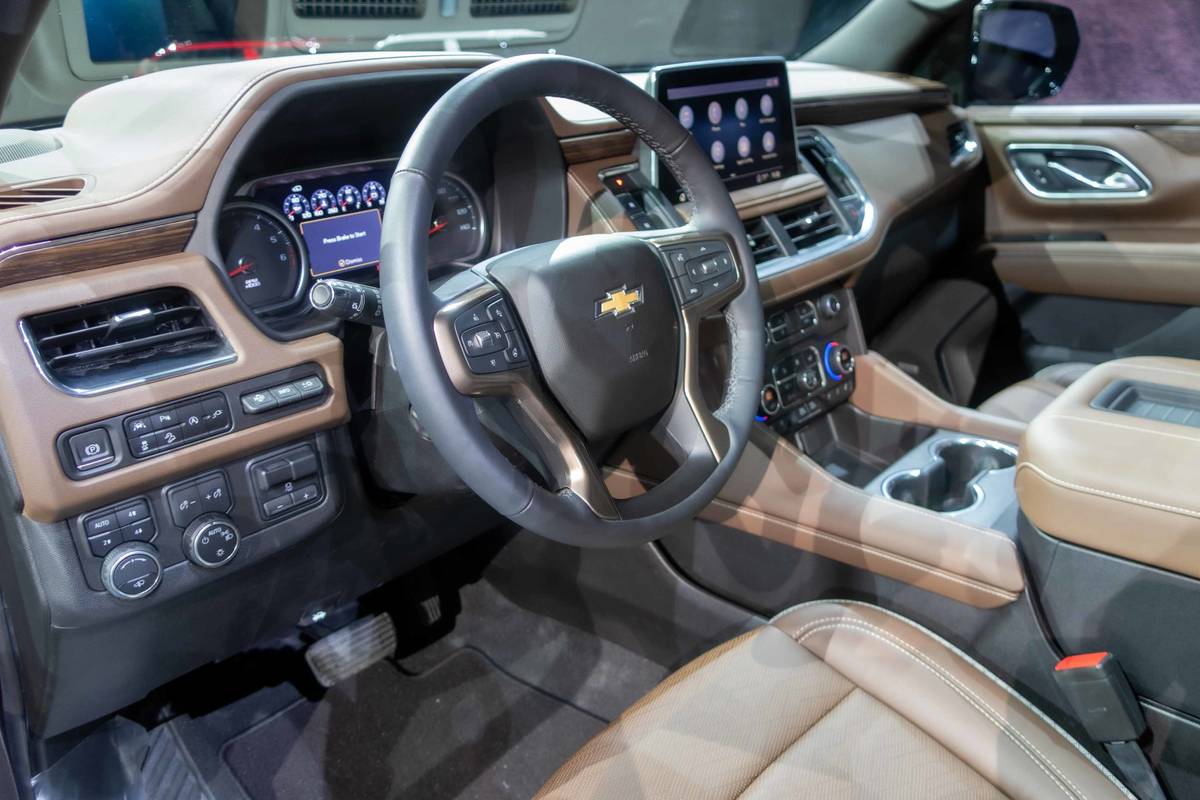
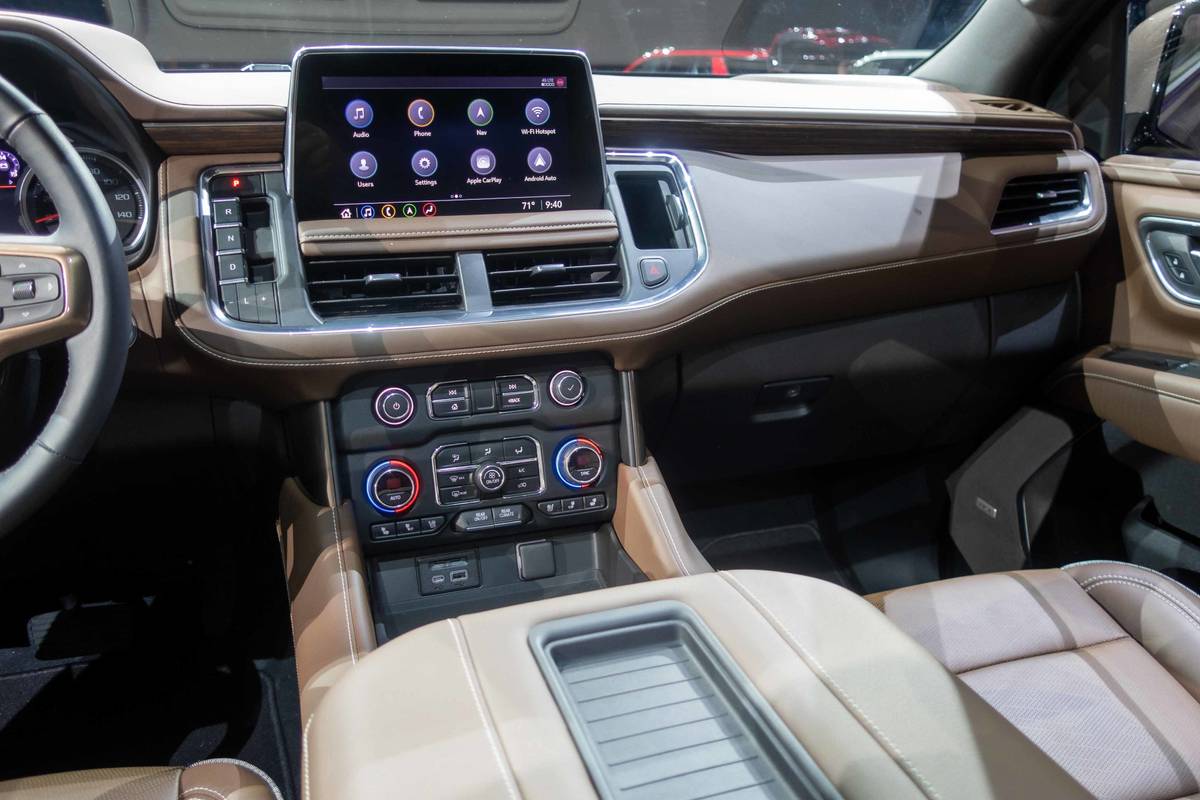
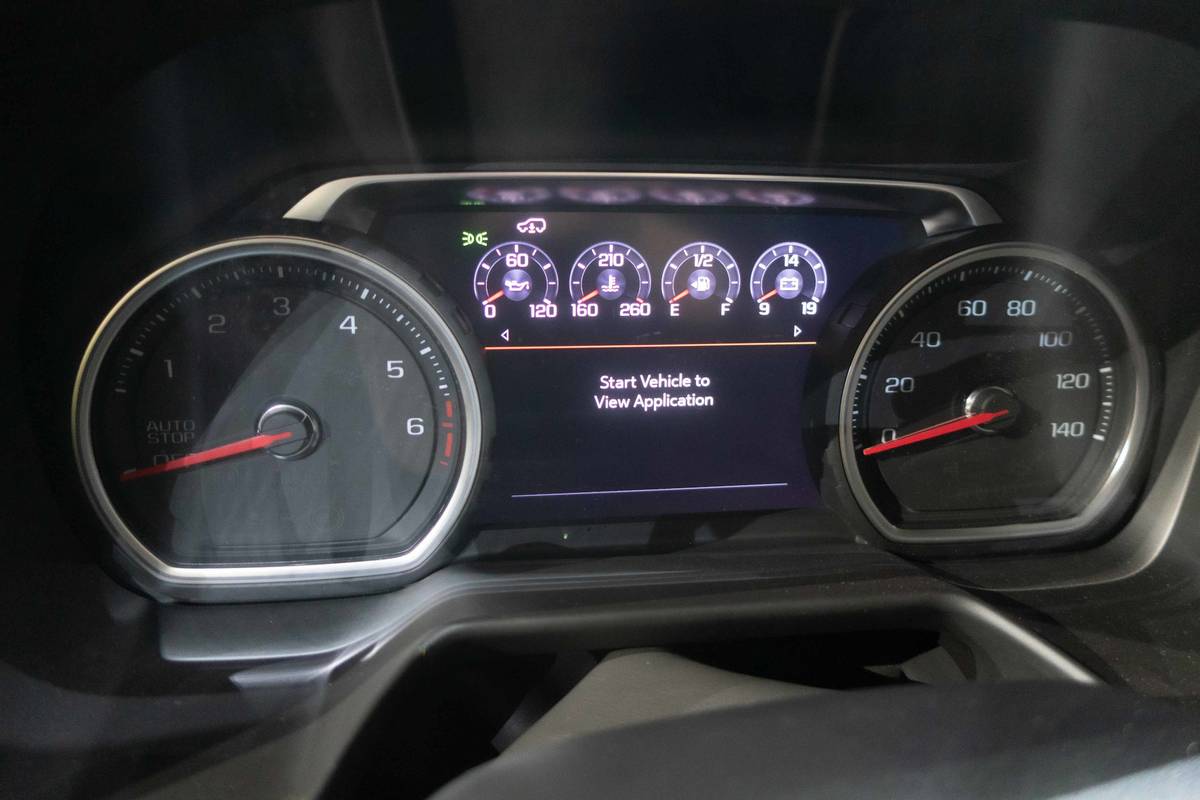
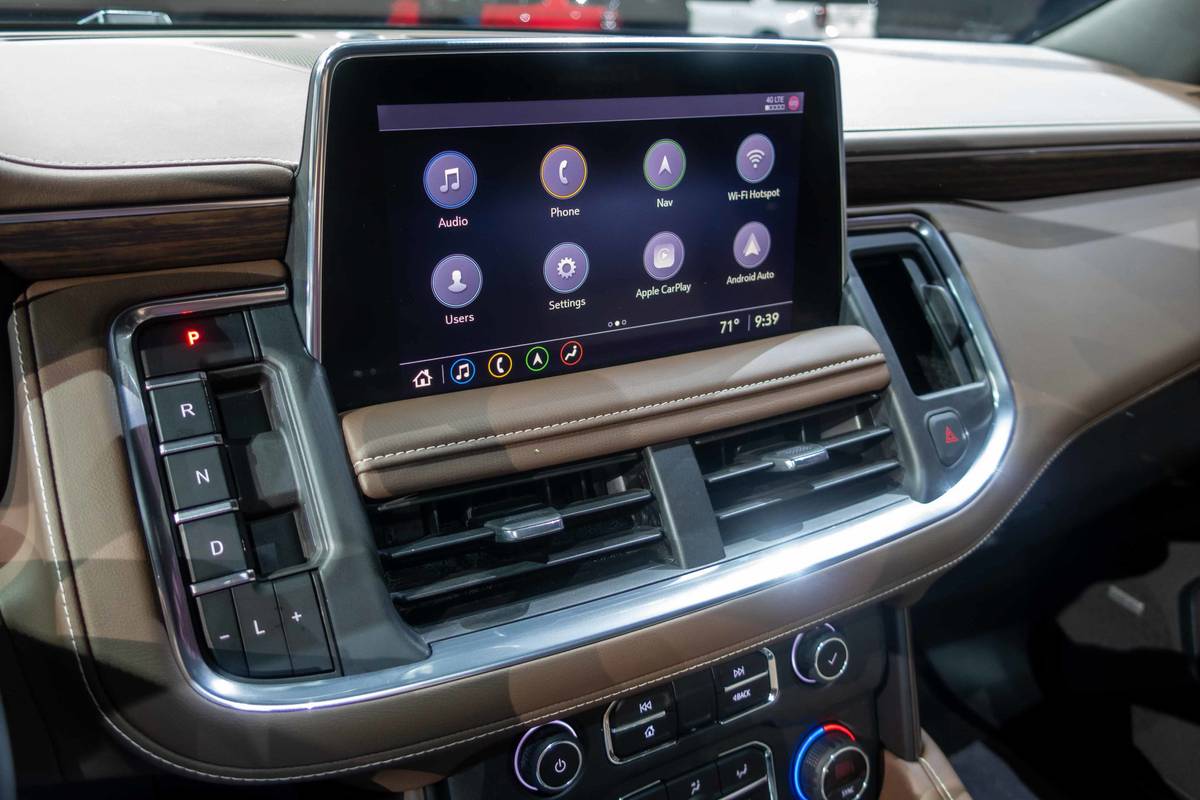
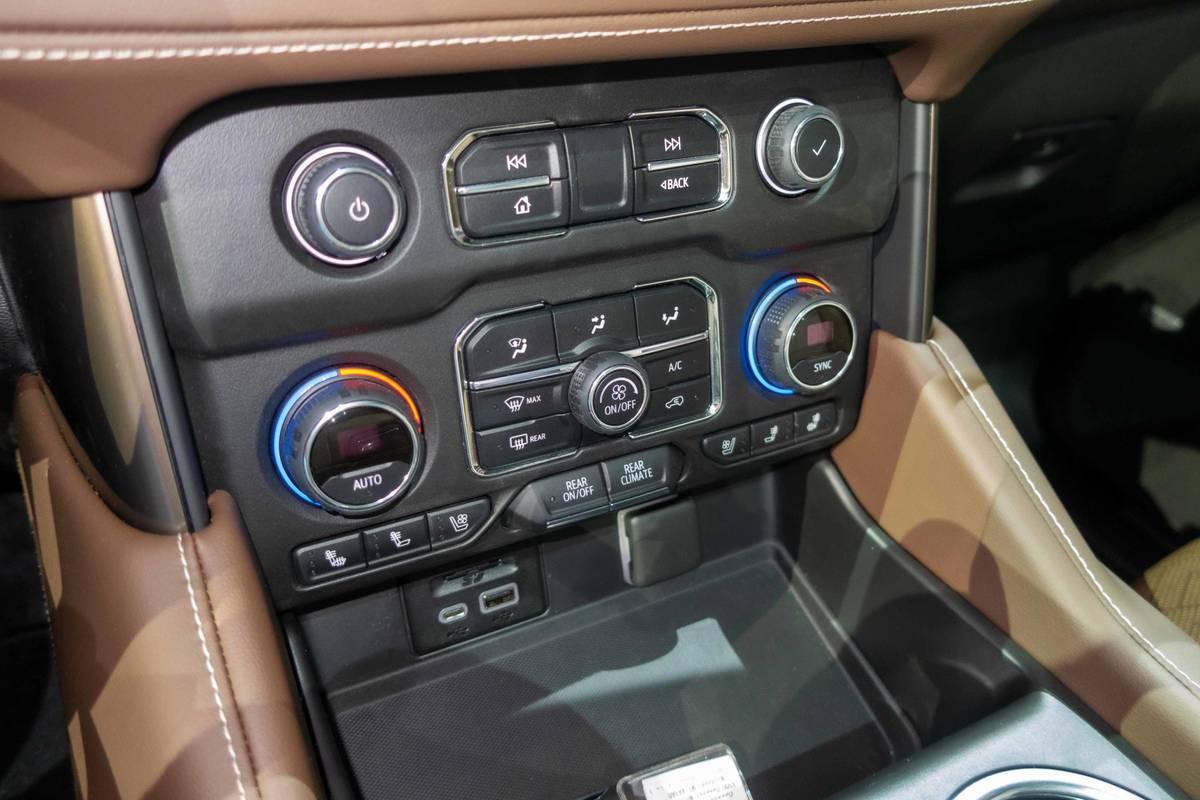
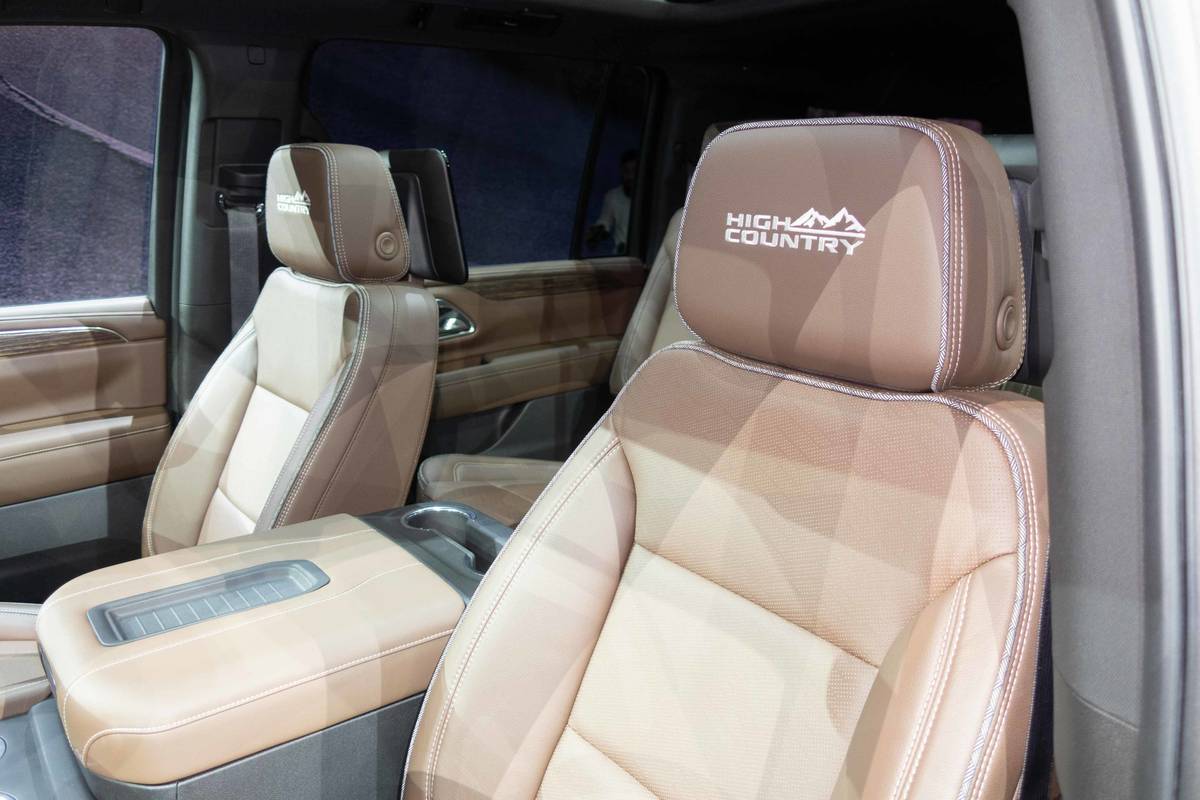
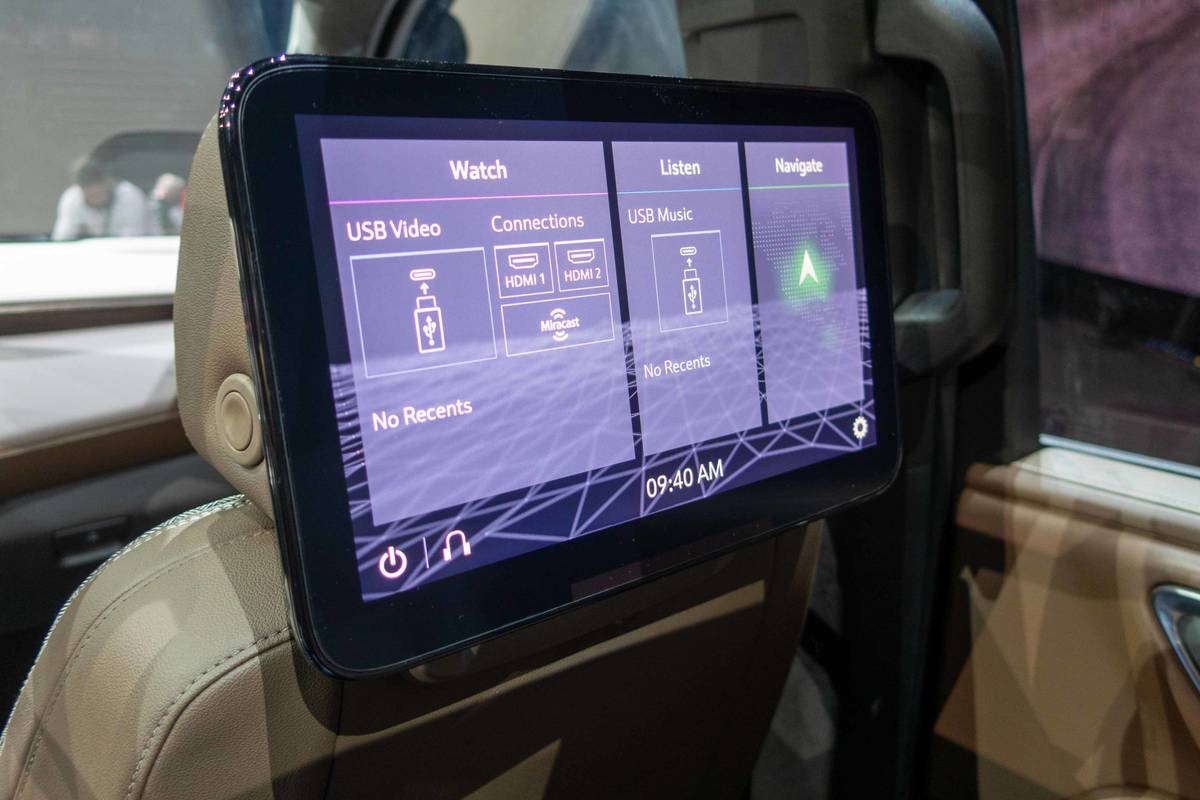
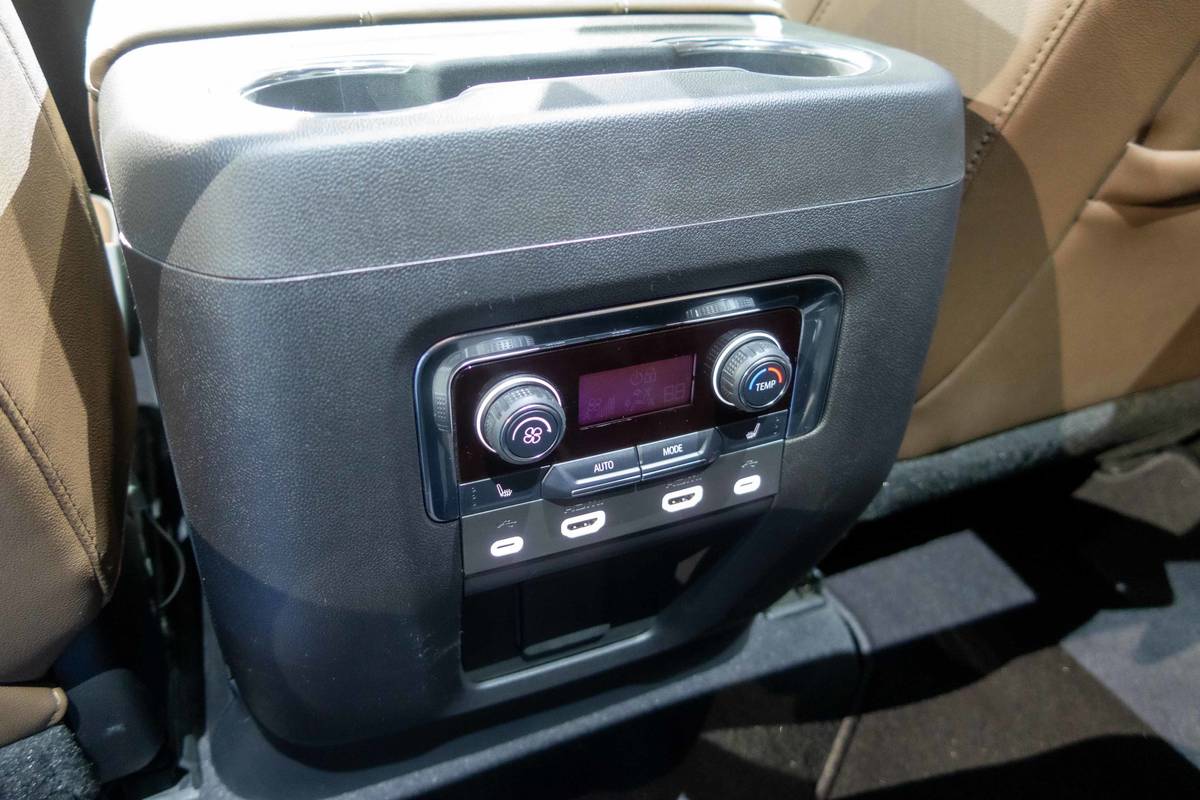























When General Motors launched its latest full-size pickup trucks, we worried that the new Chevrolet Suburban and Tahoe, the related SUVs that would be built off of the pickups’ new platform, would be saddled with similar issues — great mechanically, less so cosmetically. The redesigned trucks’ interior looked barely different than the ones they replaced.
- ${price_badge()}
- ${ami_badge()}
- ${battery_badge()}${ev_report_link()}
- ${hot_car_badge()}
- ${award_badge()}
- ${cpo_badge()}
${price_badge_description}
${ami_badge_description}
The EV Battery Rating is based on this vehicle's current expected range relative to the vehicles expected range when new. ${battery_badge_text}
This vehicle is certified pre-owned, backed by a manufacturer warranty, and typically undergoes a rigorous multi-point inspection to ensure quality and reliability.
This vehicle is currently in high demand given its competitive price, desirable features, and overall condition, and may have a higher chance of selling quickly.
Shop the 2019 Chevrolet Suburban near you


Fear not, truck fans, because it seems Chevrolet has saved the best for last. The new 2021 Chevrolet Tahoe and Suburban are exceptional SUVs. Their styling just might be the best thing in the Chevy showroom, with interiors that demonstrate actual packaging innovation, more space than they’ve ever had and a new powertrain option that promises to be very interesting.
The new look is an obvious refinement of the redesigned 2019 Silverado 1500 pickup, with the indented headlights and split-level grille that creates a face slightly less aggressive than the look of the truck. It flows into more sculpted body sides, with a character line that extends the full length of the truck and culminates in a new rear end that looks clean and modern. The pair look just as massive as ever, with the new Tahoe actually looking almost as big as the old Suburban thanks to its extra length and notably longer wheelbase. The new Suburban isn’t that much longer overall, but its wheelbase is also longer than the old one, creating better proportions for its styling. Both trucks employ some styling tricks to make them look less slab-sided than they used to — notice the black plastic panel that abuts the back doors and makes the glass area look bigger than it is. Overall, I think the looks are a definite success, more so than the Silverado pickup on which they’re based.
- ${price_badge()}
- ${ami_badge()}
- ${battery_badge()}${ev_report_link()}
- ${hot_car_badge()}
- ${award_badge()}
- ${cpo_badge()}
${price_badge_description}
${ami_badge_description}
The EV Battery Rating is based on this vehicle's current expected range relative to the vehicles expected range when new. ${battery_badge_text}
This vehicle is certified pre-owned, backed by a manufacturer warranty, and typically undergoes a rigorous multi-point inspection to ensure quality and reliability.
This vehicle is currently in high demand given its competitive price, desirable features, and overall condition, and may have a higher chance of selling quickly.
Shop the 2019 Chevrolet Tahoe near you


Inside, it’s another surprising success. The interior is specific to the SUVs and not shared with the pickup at all; the panels, dashboard and center console are different. It feels and looks considerably better than the pickups, and looks more modern and sophisticated than rival Ford’s Expedition (at least on the RST trim and above; Chevy had no basic LS or LT trims for us to evaluate). The debate over whether a console shifter is better than a column shifter is over because Chevy has moved to push-button shifters for the Tahoe and Suburban. It’s mounted high on the dash, however, so there won’t be any hunting for buttons down low. This might improve how well it works; we’ll have to see how it goes when we get some time behind the wheel. We generally don’t like push-button shifters (see: Honda and Acura) but don’t mind them in some (see: Kia and Lincoln).
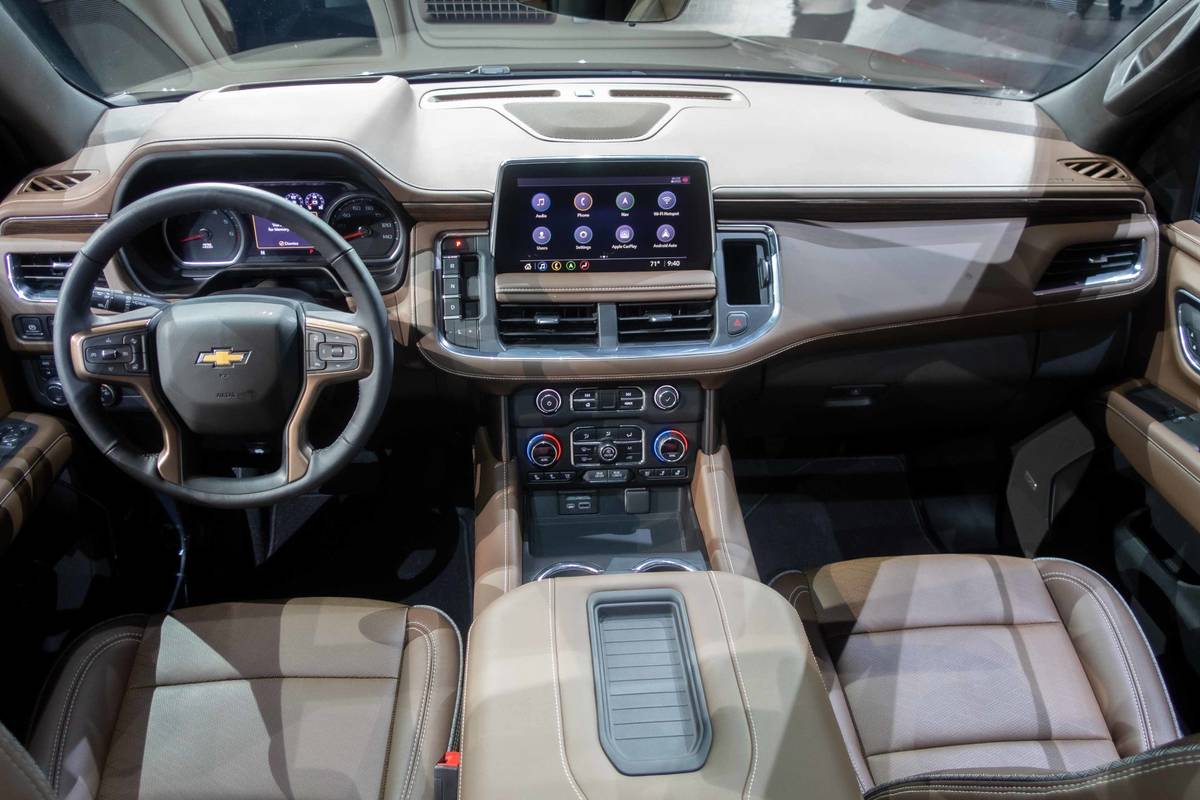
They’re certainly now comfortable SUVs in any seat in the house. The switch to independent rear suspension has allowed for a lower load floor and mounting point for the third-row seats, making the third row perfectly comfortable for full-sized adults. The adjustable sliding second row helps in this regard, giving passengers the ability to negotiate amongst themselves for more or less room, or to equalize things all around. The added length in both models definitely helps, however, allowing you to put people in both the second and third row in decent comfort, or to adjust the second row back considerably to provide nearly limousine-like levels of legroom. Headroom is good in both the second and third row, as well, even on models equipped with the panoramic moonroof.
But the goodness of the new Tahoe and Suburban isn’t just in the newfound space or materials, it’s in how the interior packaging has been arranged. The second-row seats don’t just fold up and down; when they’re returned to their upright position, the mechanism also elevates them a bit, allowing for better foot room for the third-row passengers. The second and third rows can also be lowered flat from the cargo area (presumably using an optional powered system), creating a much more usable flat load floor than before.
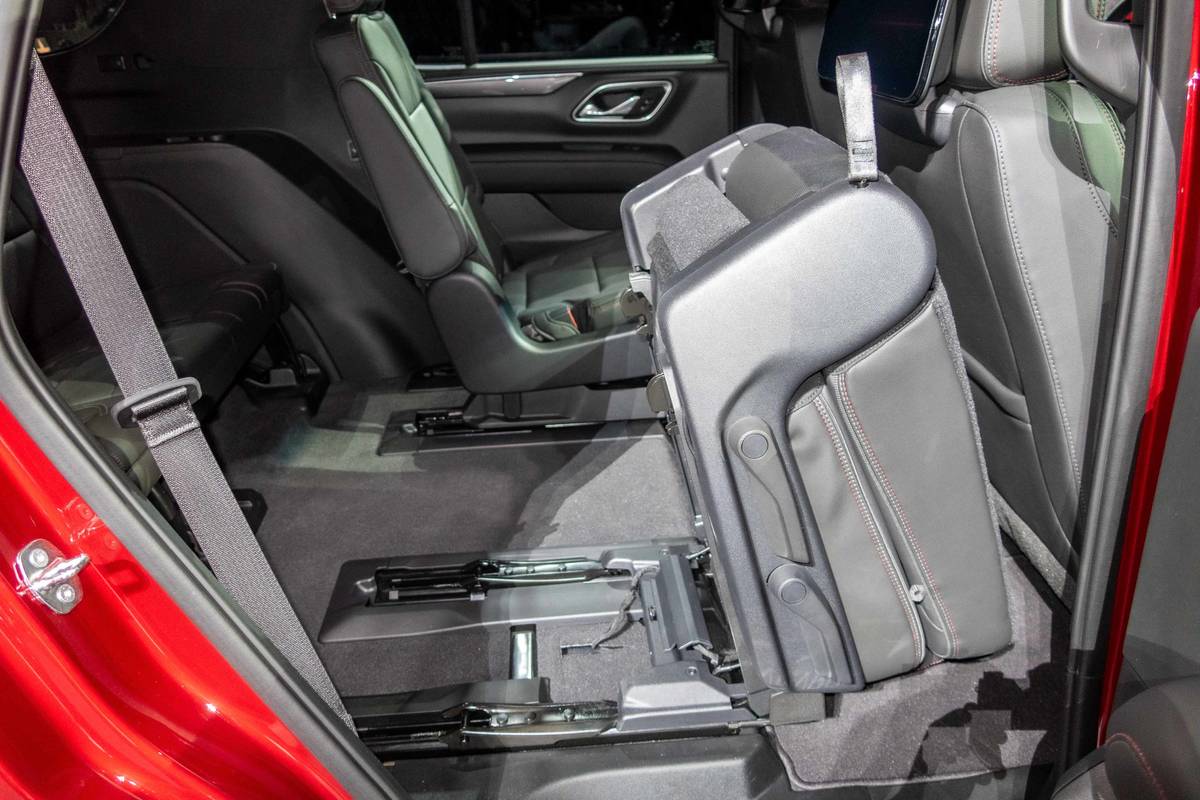
We can’t yet say how either of the new SUVs drive, but we can actually say how the Tahoe rides from the passenger seat after a brief demonstration at GM’s Milford Proving Grounds — and the word of the day is smooth, at least when comparing a Tahoe High Country with the air springs and Magnetic Ride Control dampers to a Ford Expedition featuring that brand’s Computer Controlled Damping (CCD) active suspension system. The Tahoe proved to be quieter, smoother and better controlled over a number of surfaces both at reasonable cruising speeds and at a more brisk, accelerated pace. If the recent pickups are anything to go by, Chevy’s attention to vehicle dynamics is likely to pay off as handsomely for the Tahoe and Suburban as it has for the Silverado.
The entire package is certainly more appealing, start to finish, and should provide a formidable answer to Ford’s redesigned, aluminum-bodied Expedition that debuted two years ago. Chevy may be late with its response, but its reply speaks volumes about the importance the brand places on this segment.

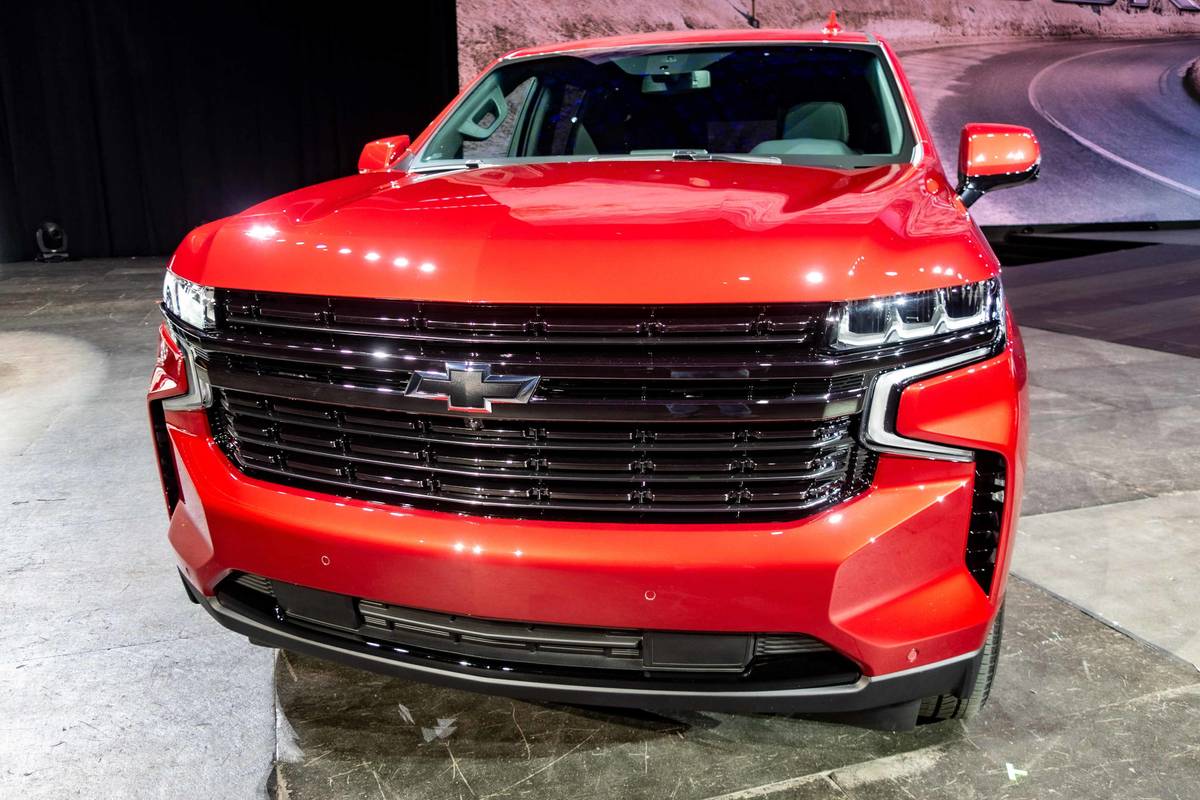

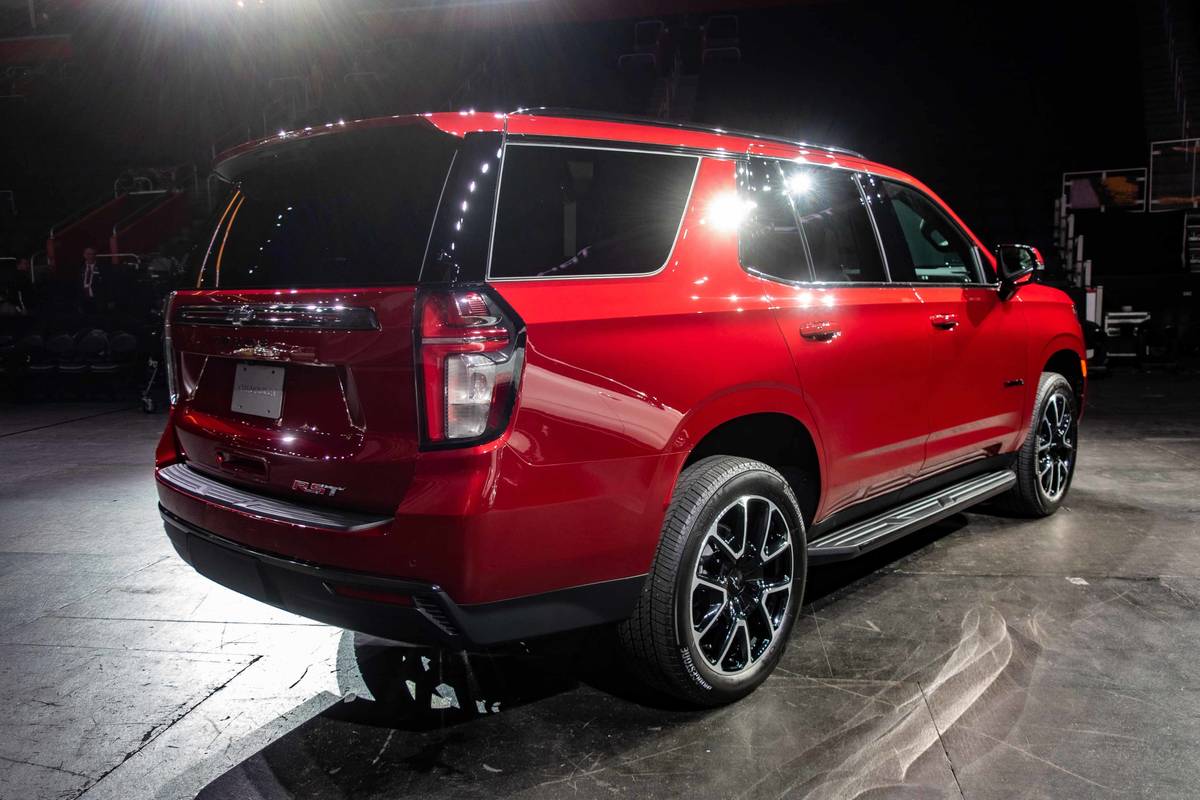
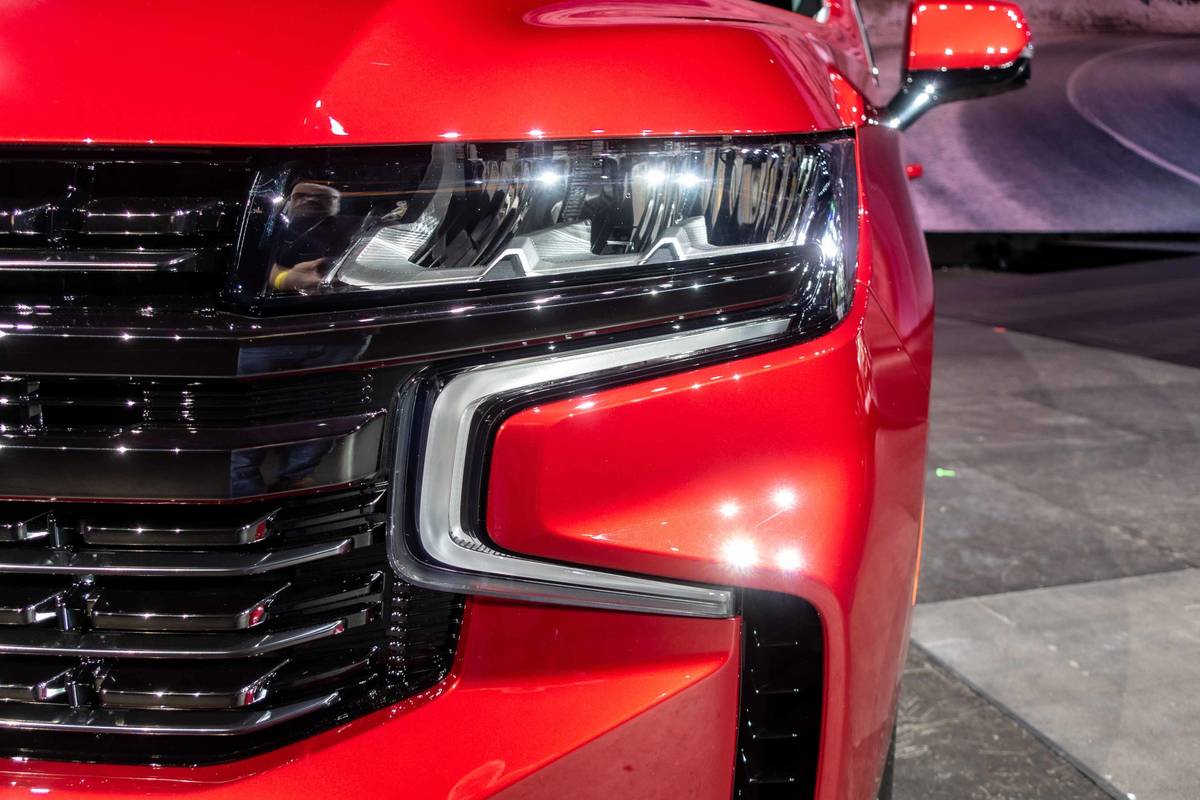
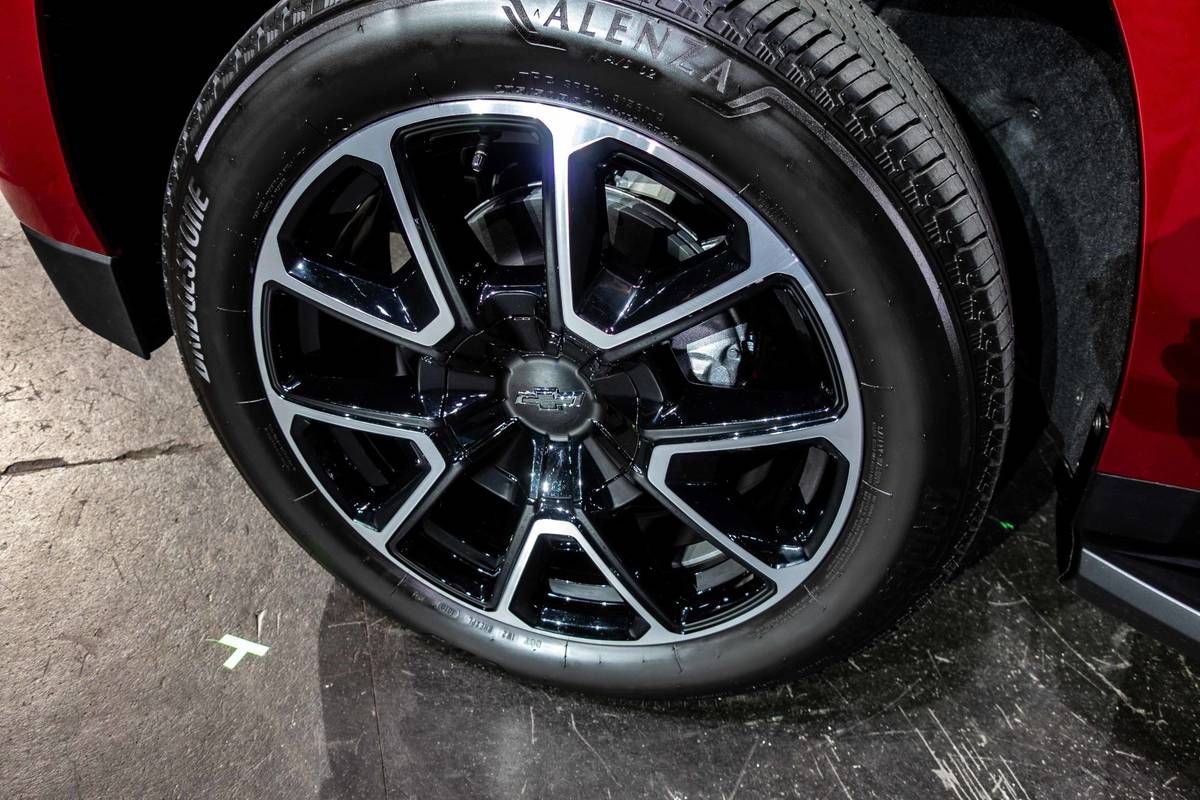
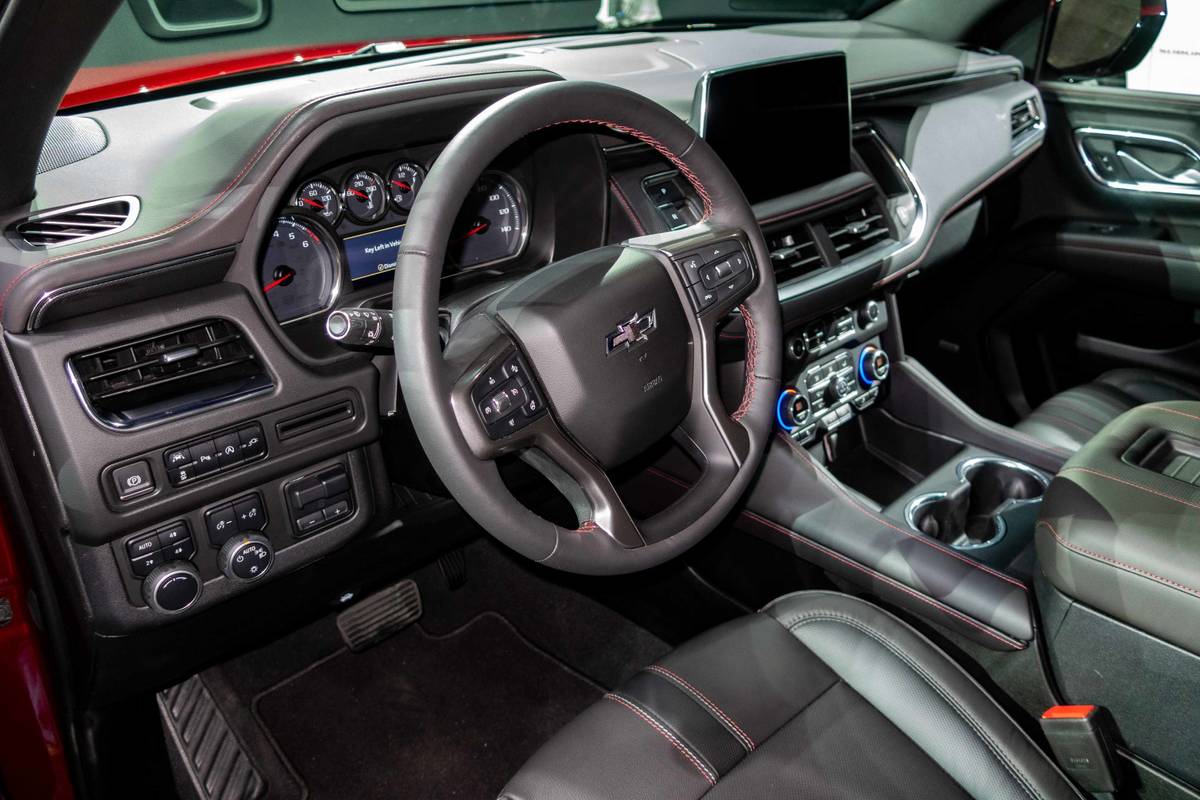
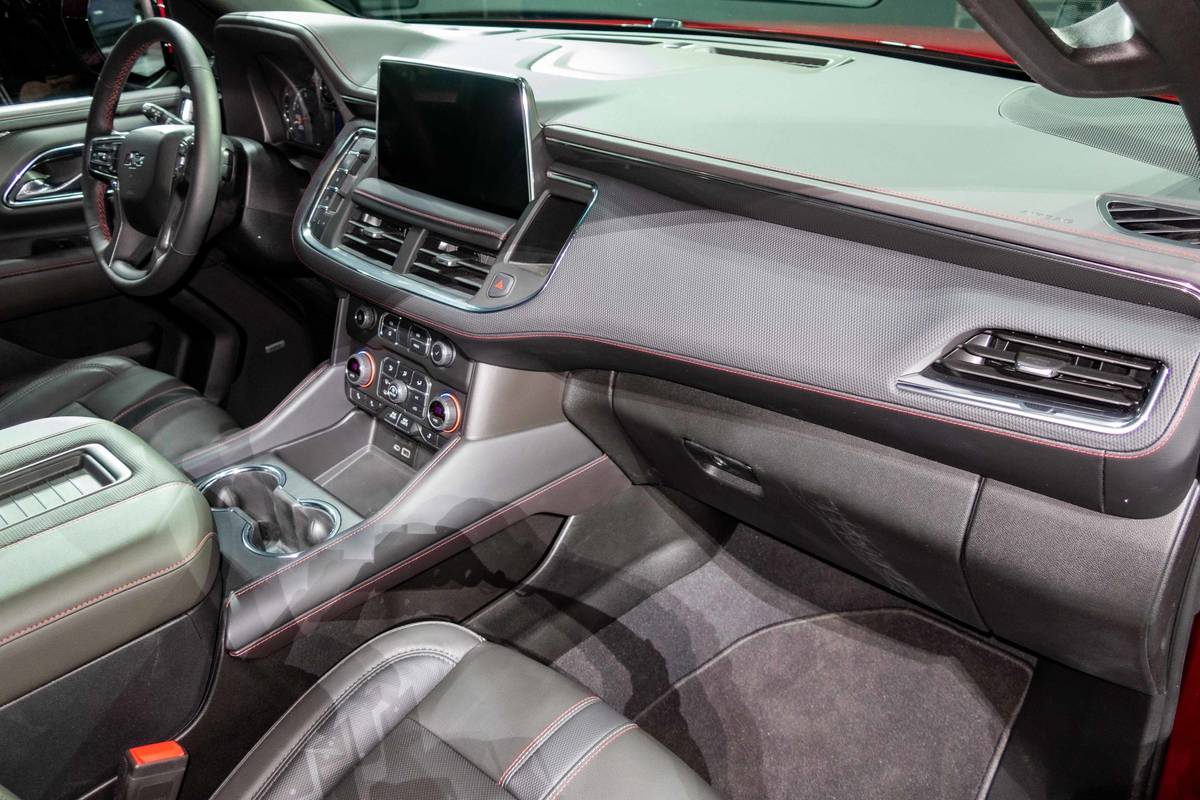
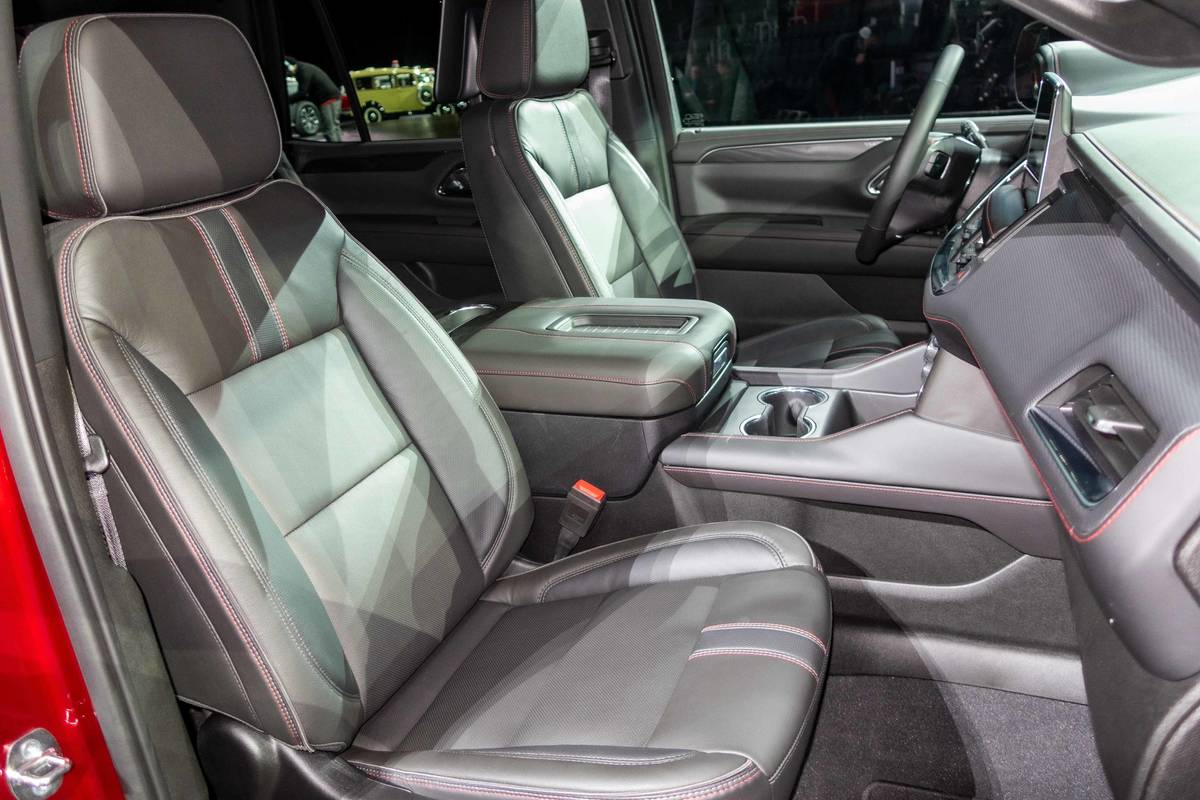
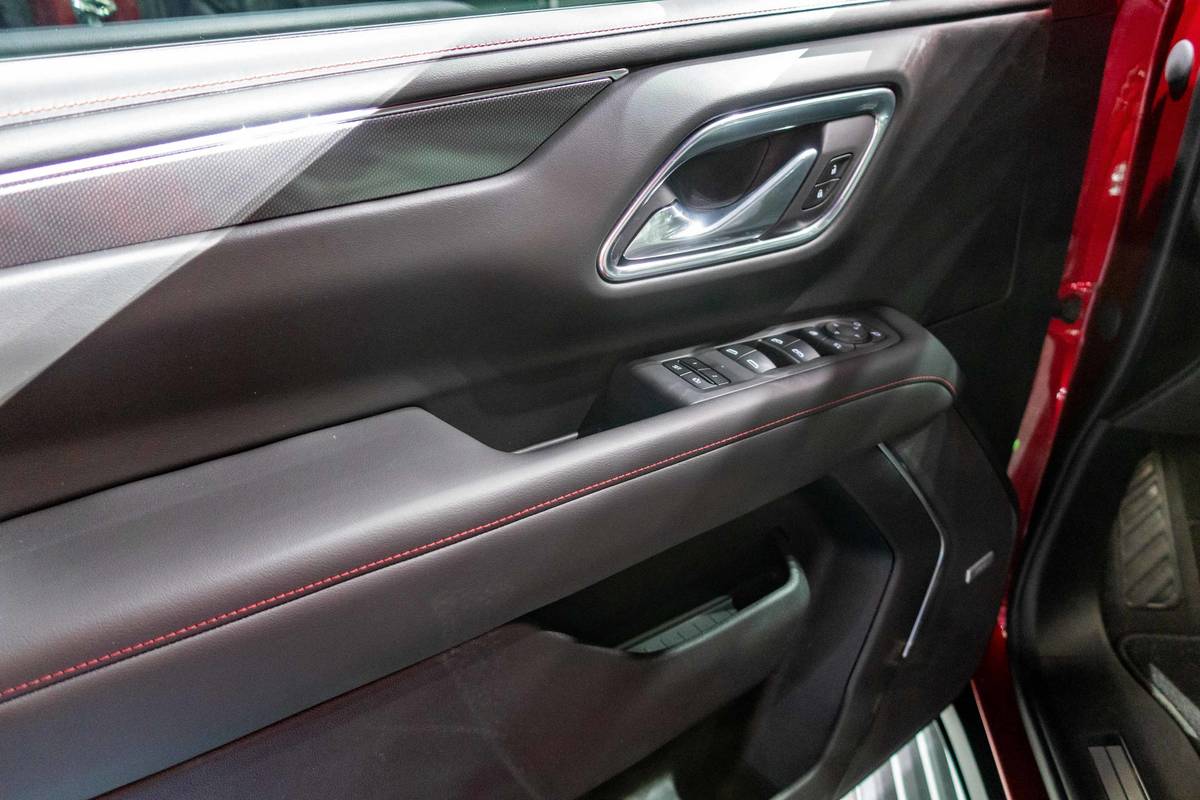
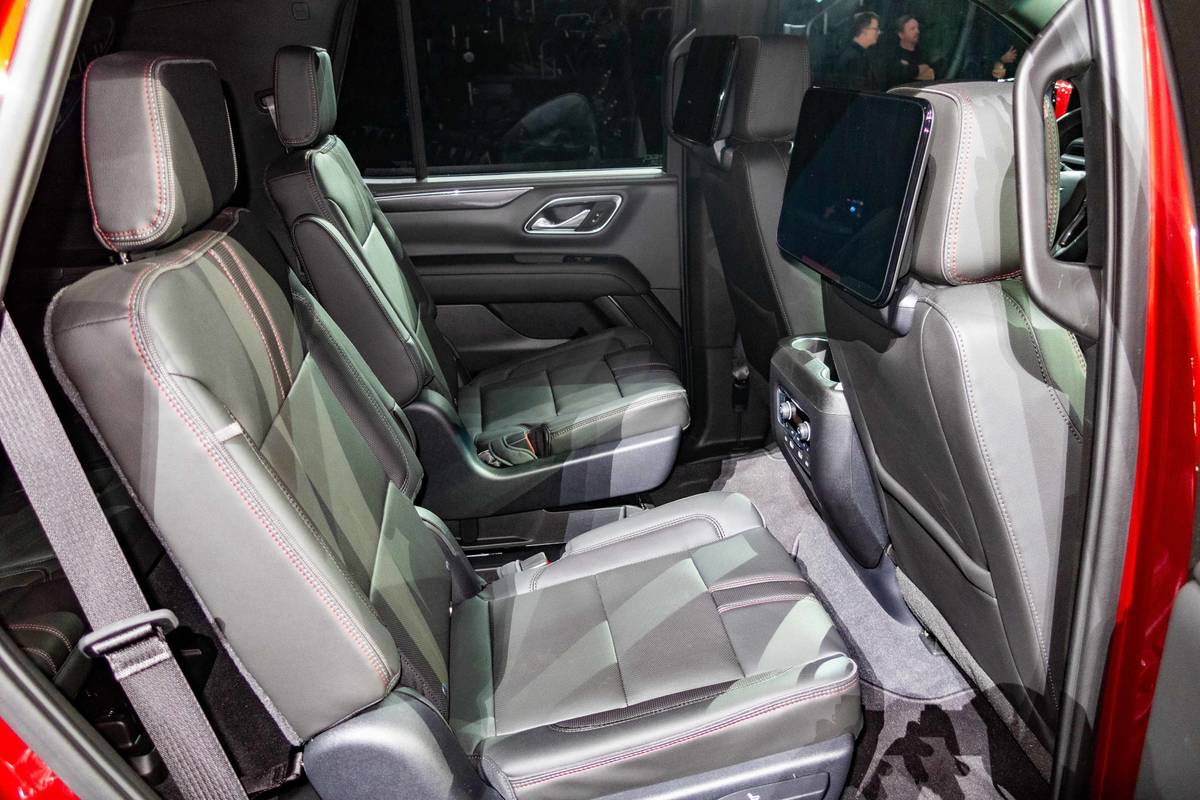
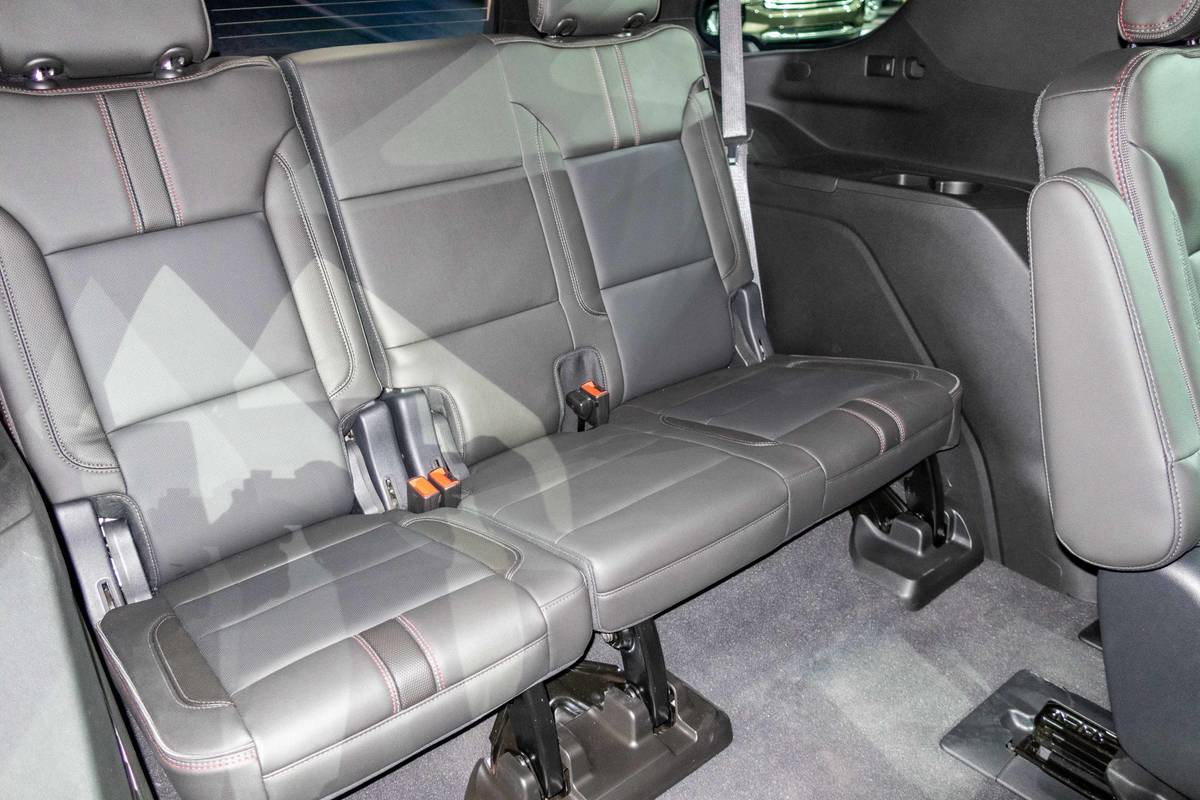
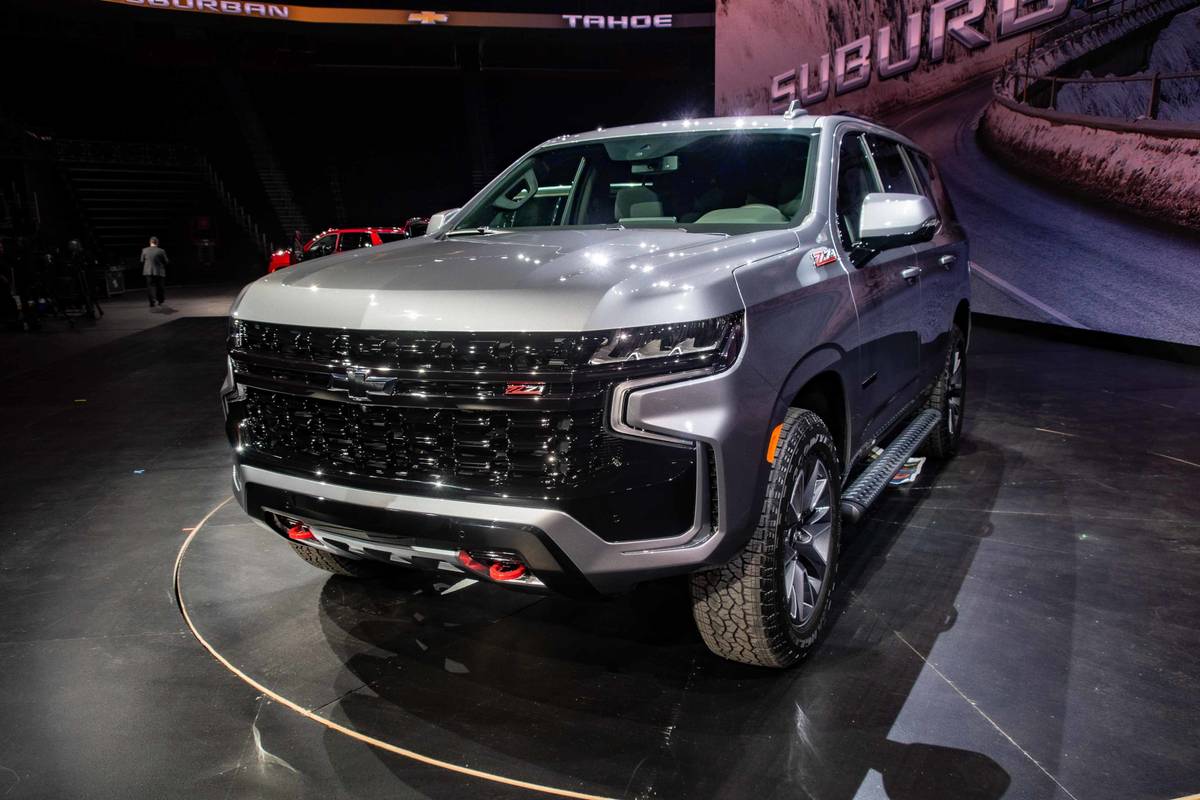
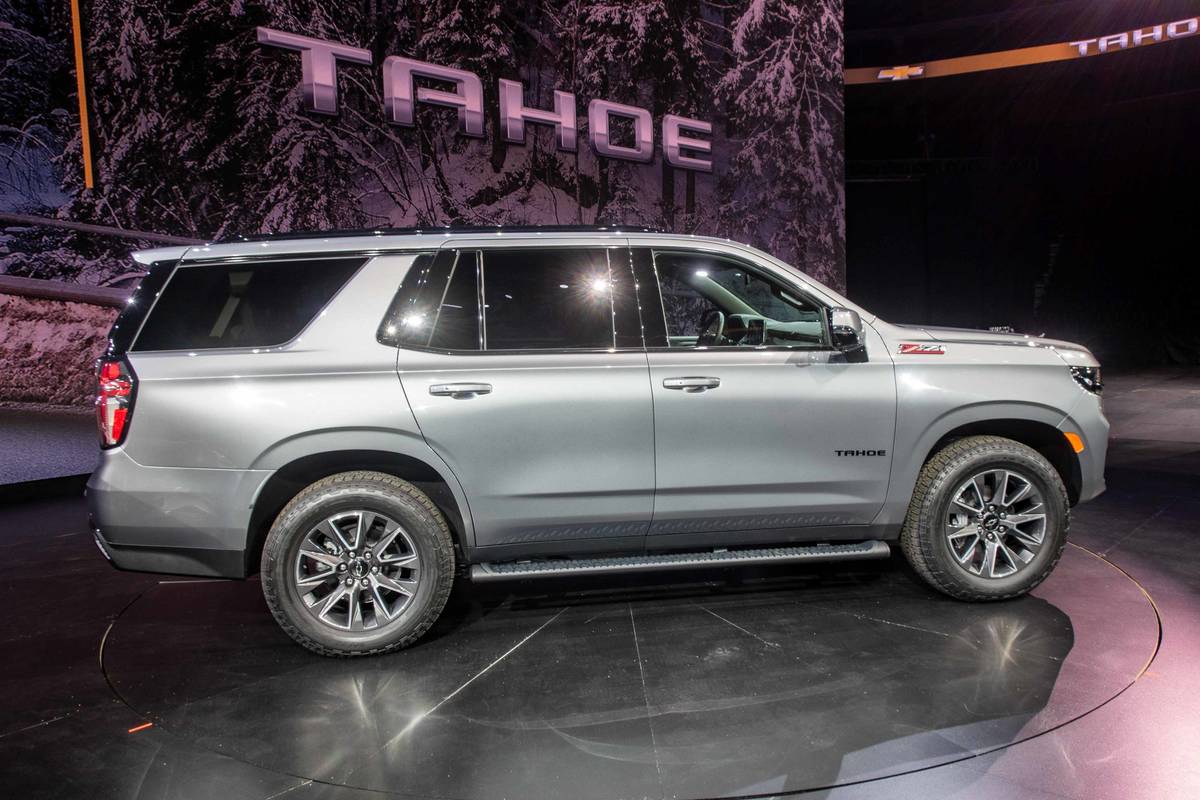
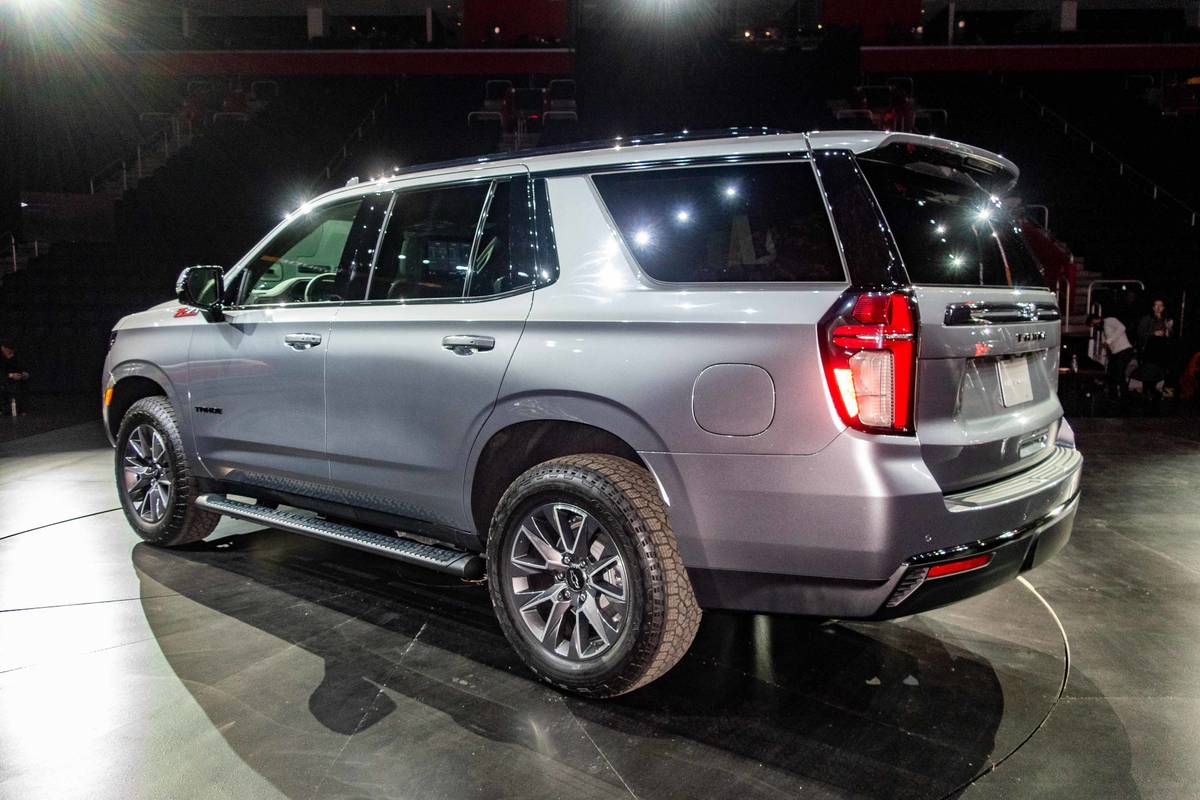
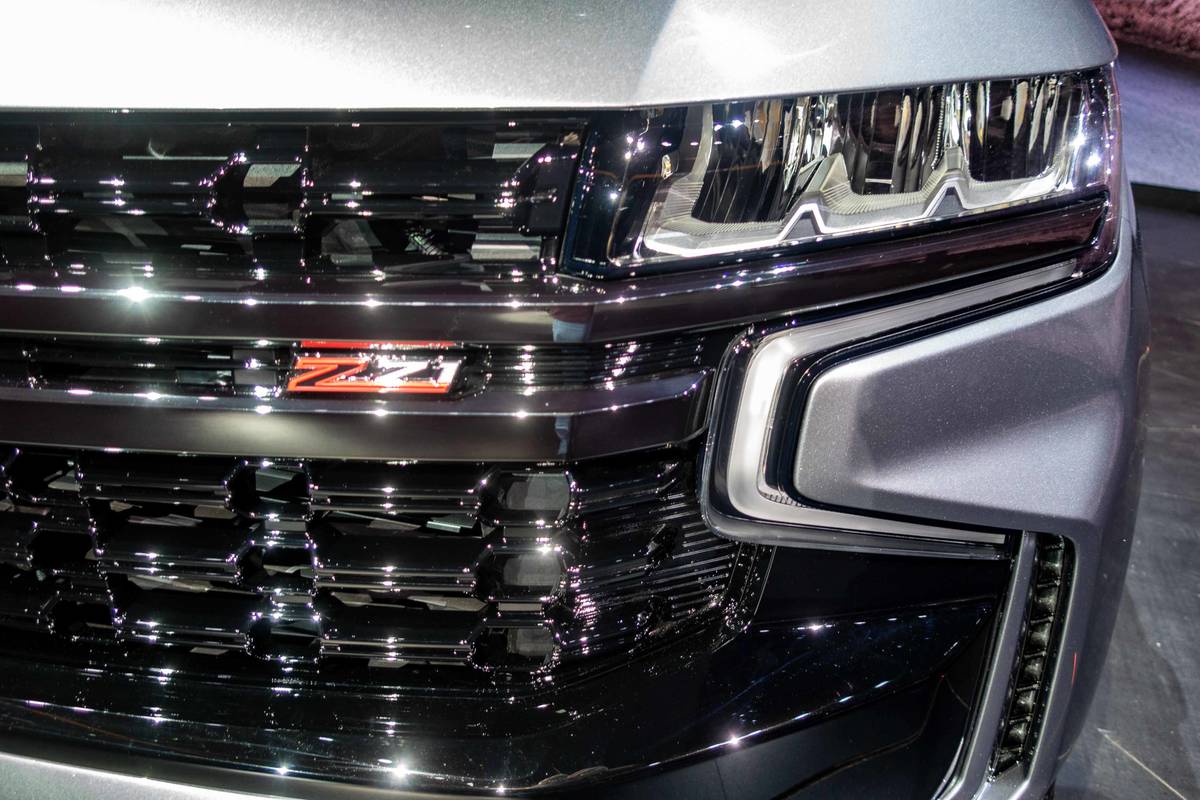


















Cars.com’s Editorial department is your source for automotive news and reviews. In line with Cars.com’s long-standing ethics policy, editors and reviewers don’t accept gifts or free trips from automakers. The Editorial department is independent of Cars.com’s advertising, sales and sponsored content departments.

Detroit Bureau Chief Aaron Bragman has had over 25 years of experience in the auto industry as a journalist, analyst, purchasing agent and program manager. Bragman grew up around his father’s classic Triumph sports cars (which were all sold and gone when he turned 16, much to his frustration) and comes from a Detroit family where cars put food on tables as much as smiles on faces. Today, he’s a member of the Automotive Press Association and the Midwest Automotive Media Association. His pronouns are he/him, but his adjectives are fat/sassy.
Featured stories



























